Photographing FELM's Bilingual Education Programme in Ratanakiri
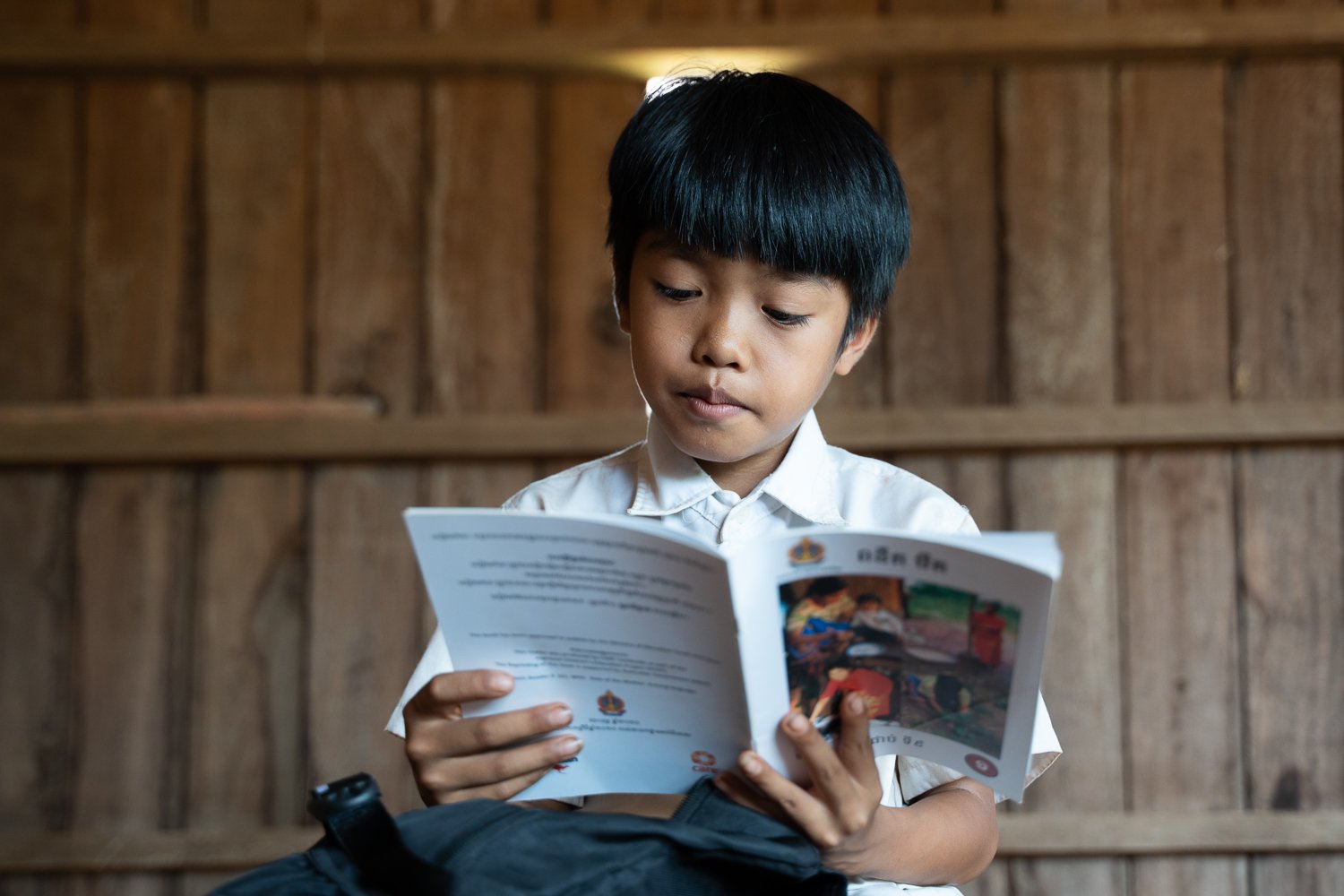
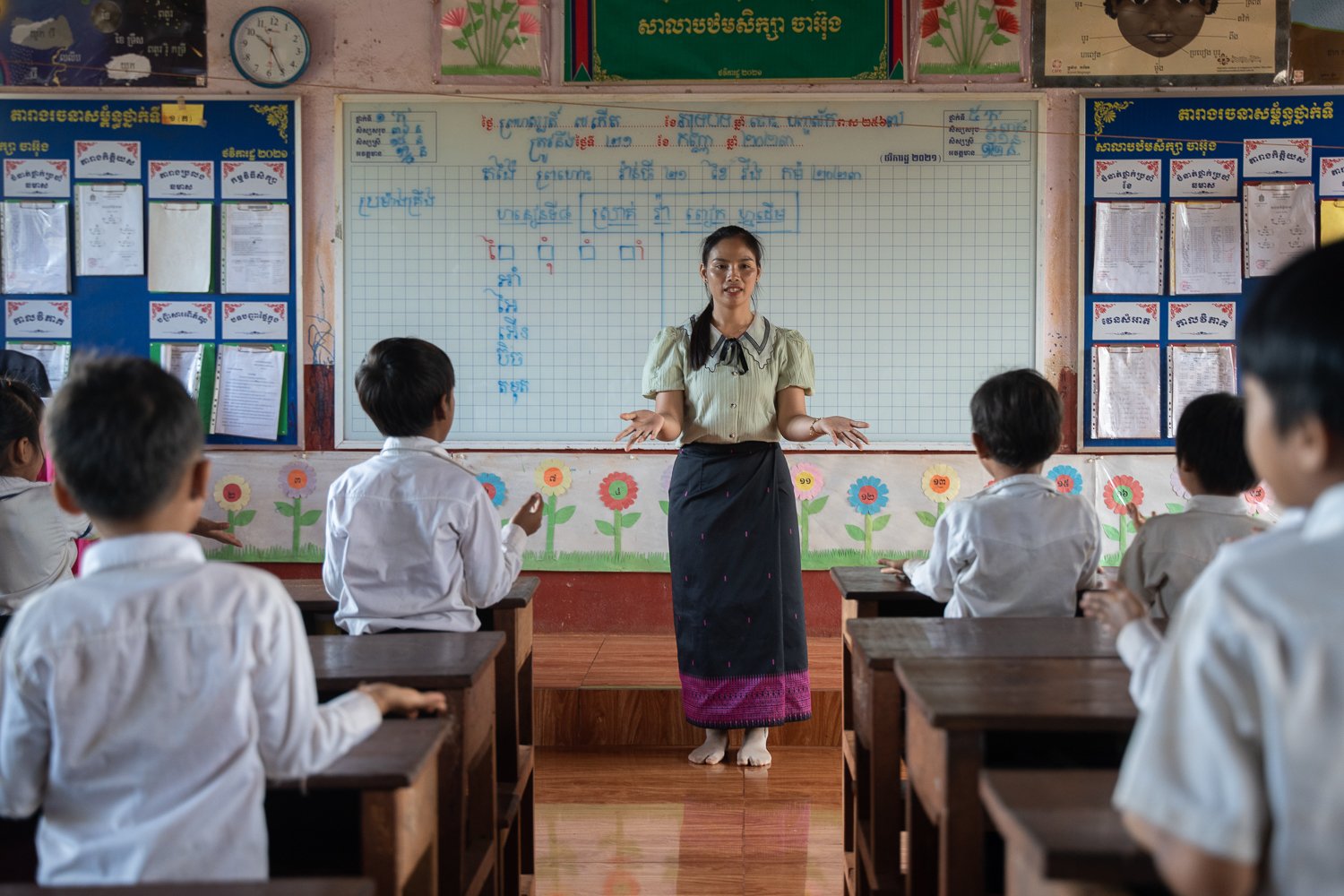
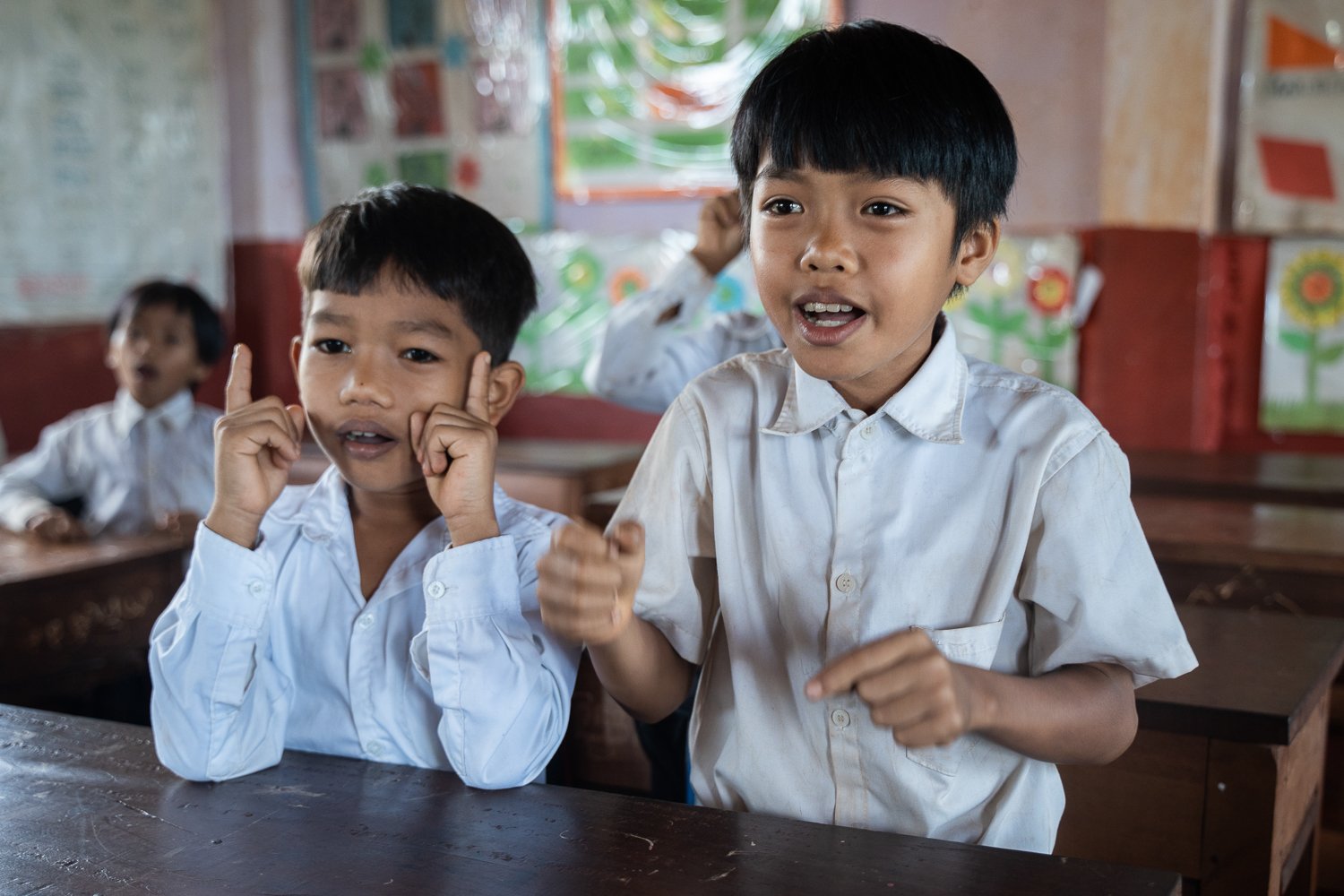

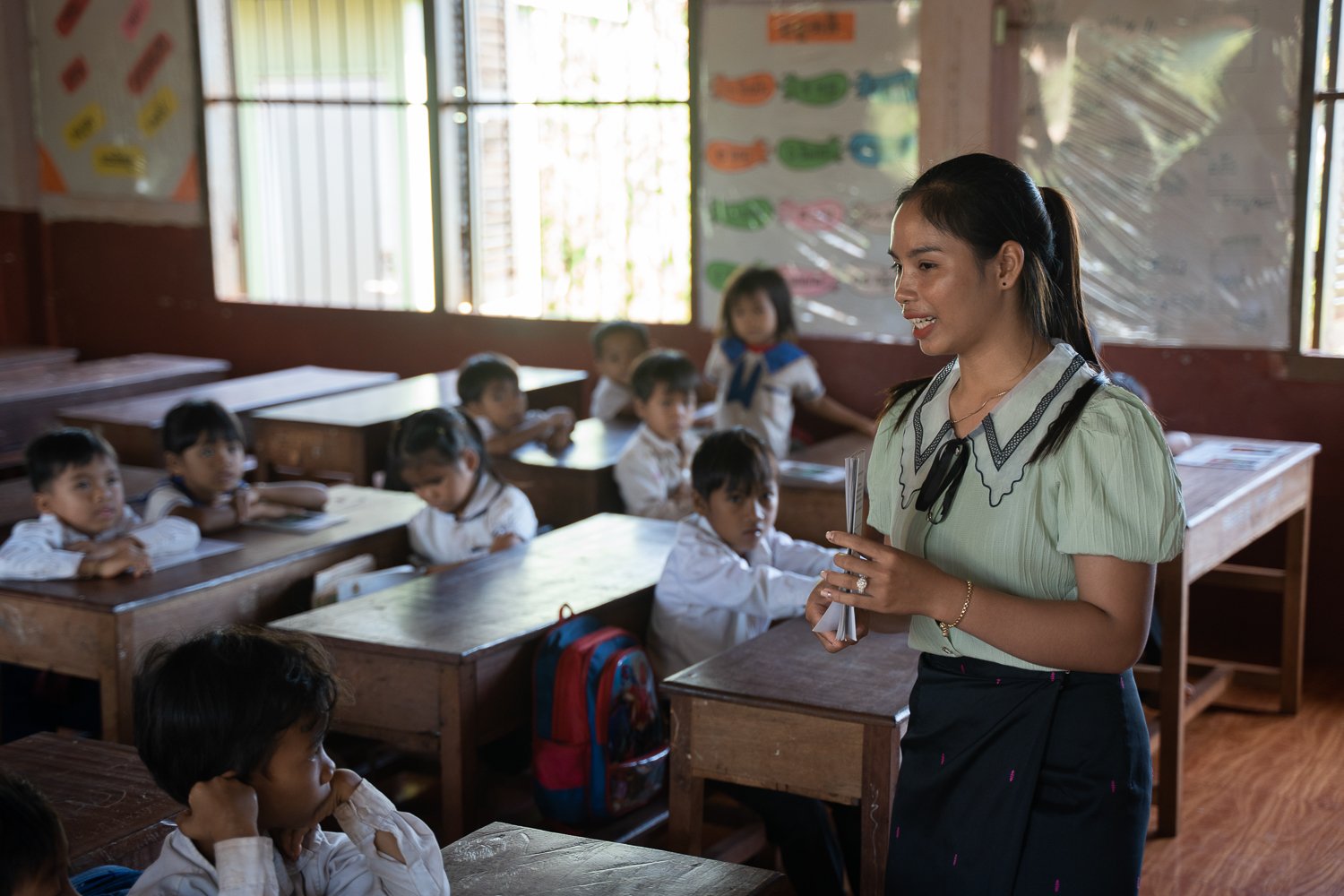
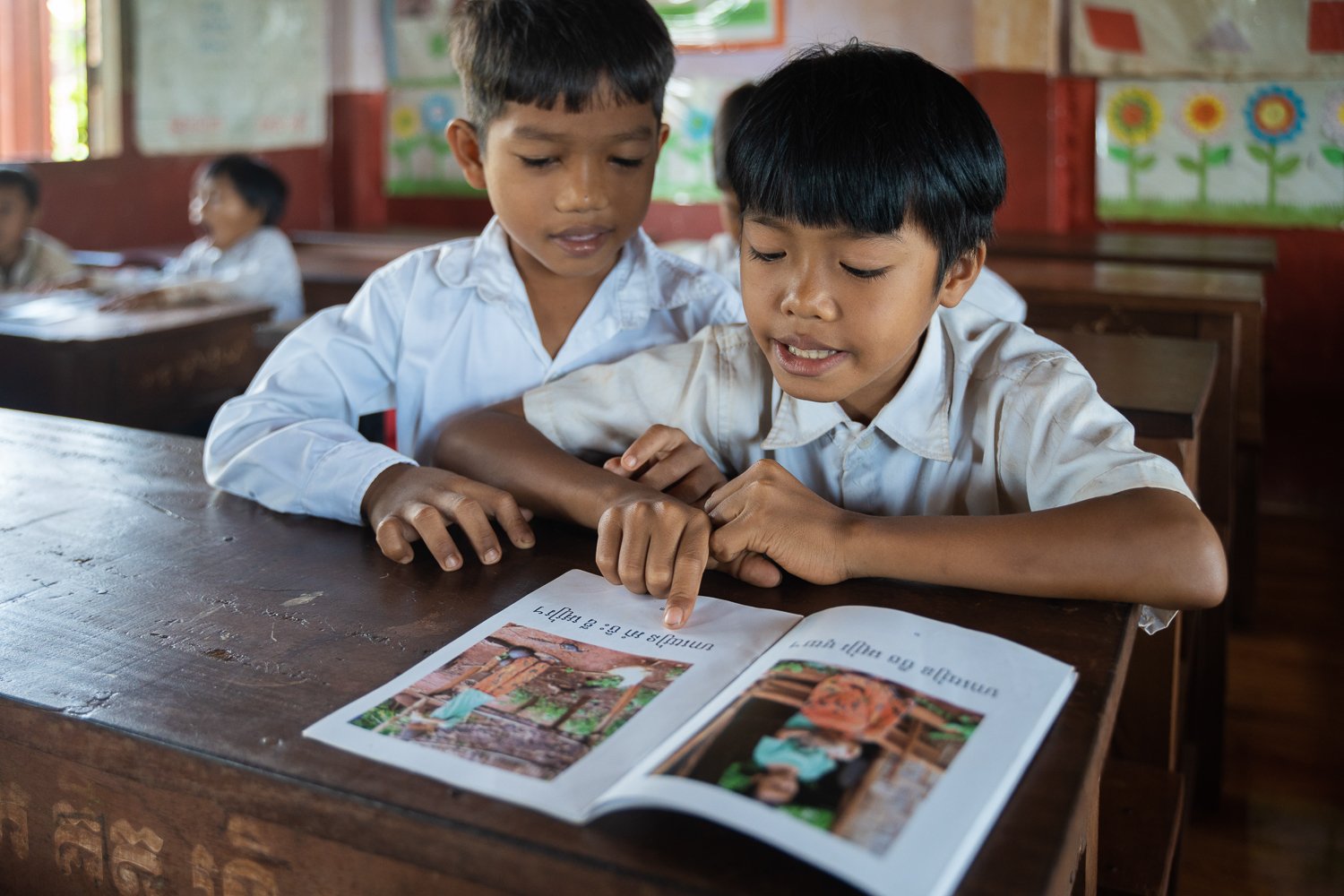
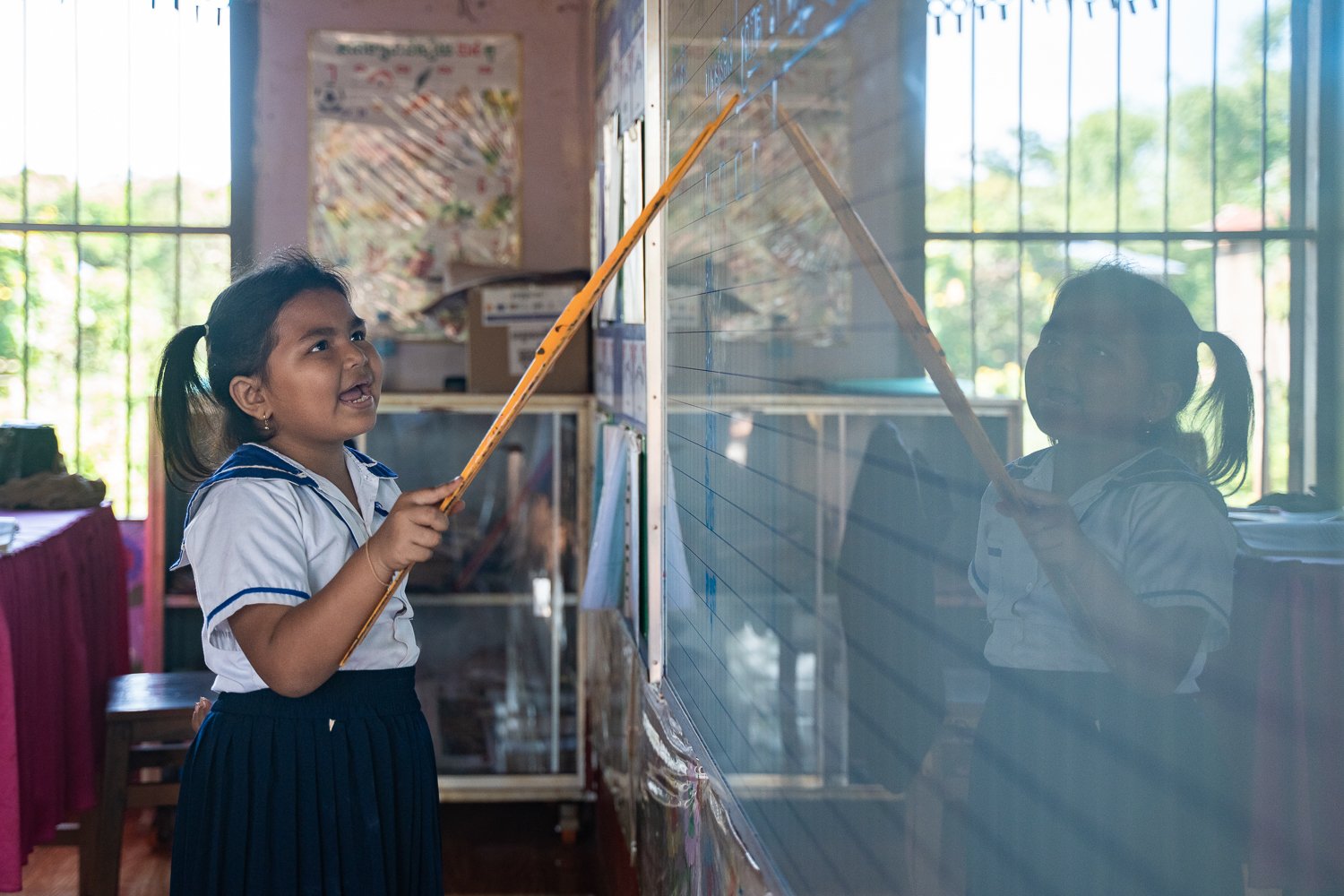
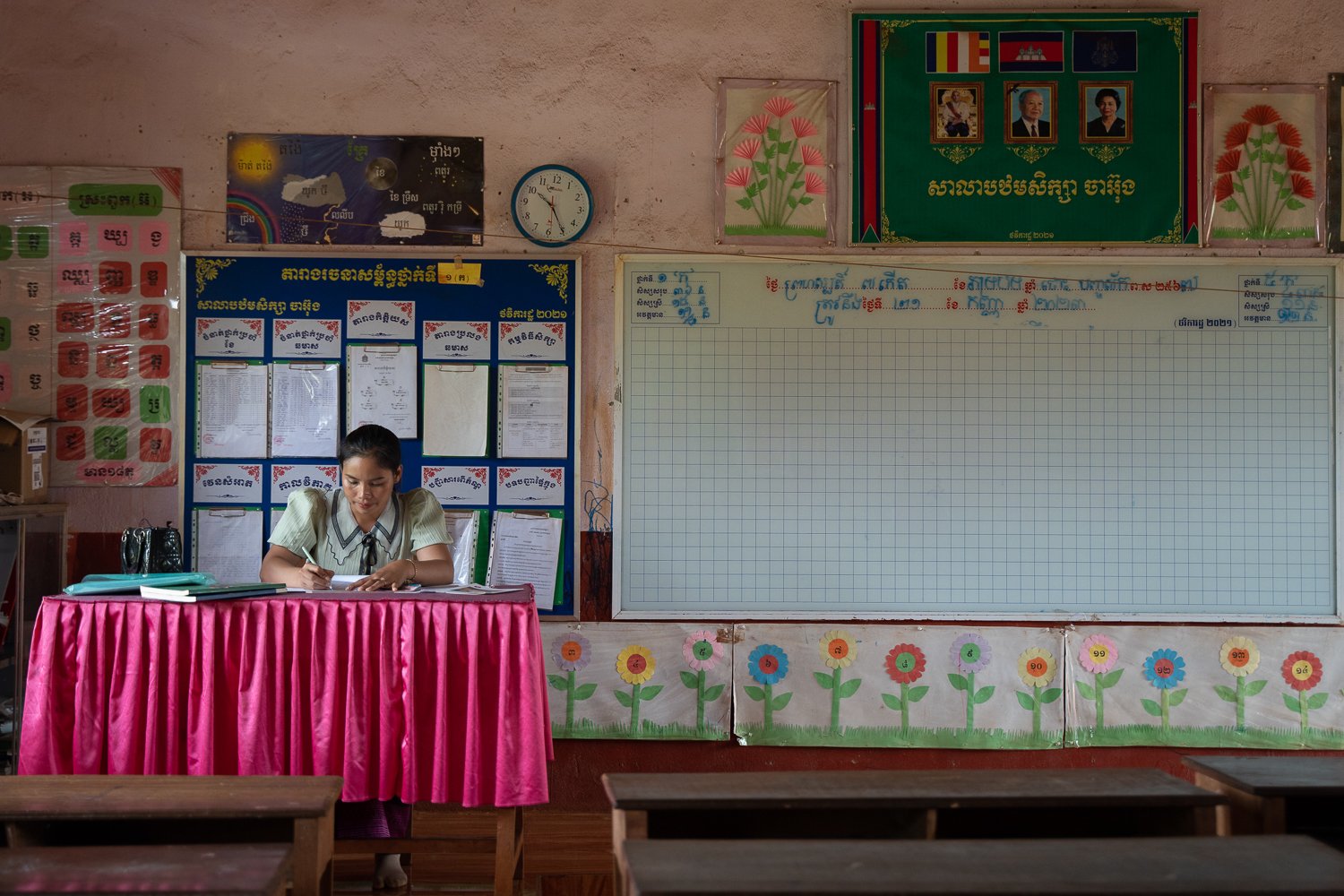
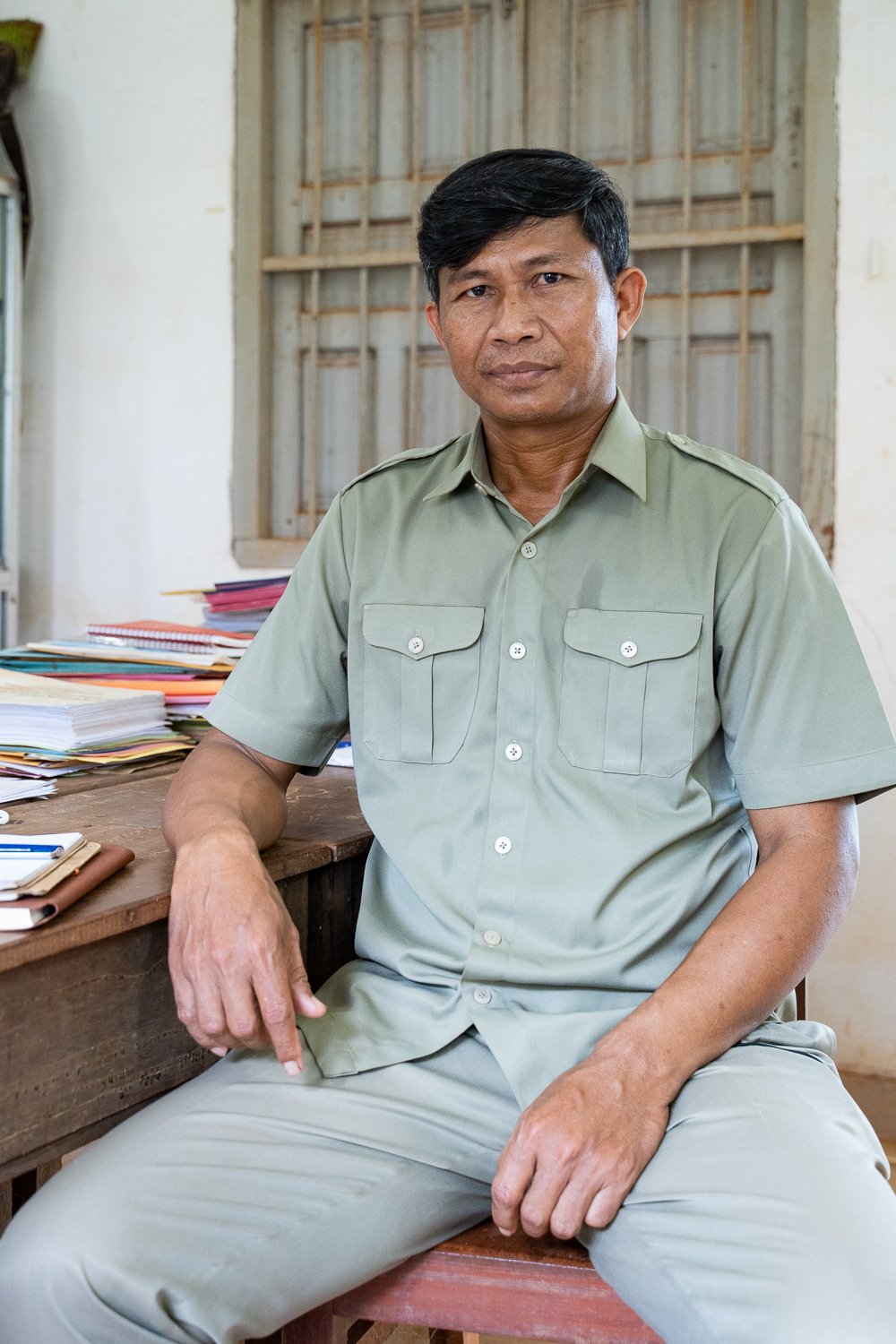
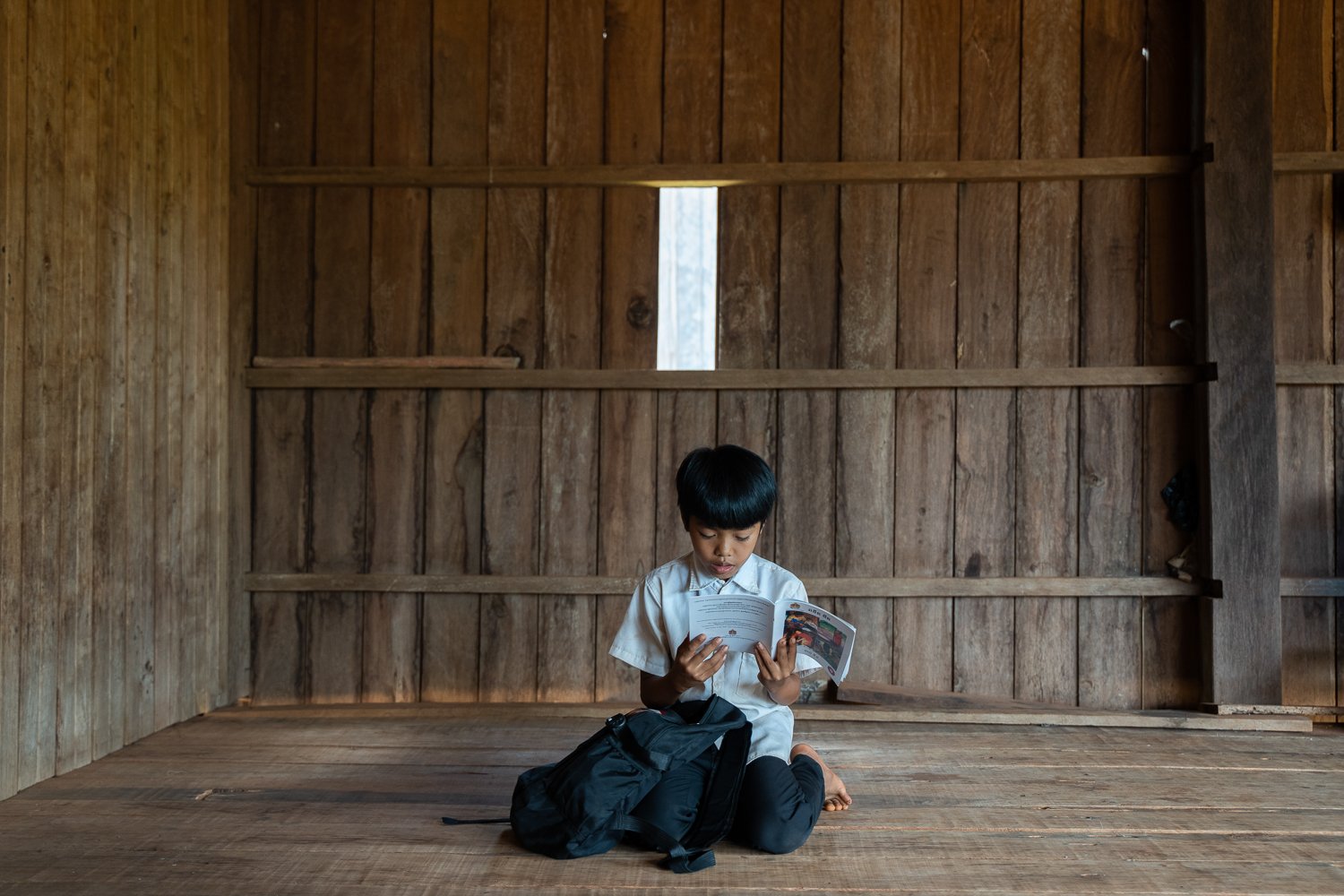
The first time I visited Ratankiri Province was when I was working with UWS as a videographer. The beauty of the Stoeng Ta Pok river left a lasting impression on me, so I was more than happy when FELM contacted me and asked me to work as a documentary photographer in the province for them.
The work for UWS was to show the schools they build in remote areas and the education projects they run, so I was on familiar ground when FELM, a Finnish NGO, asked me to photograph their bilingual education programme.
FELM have an interesting development model whereby they select and support local NGOs who run projects they believe in.
The partner for this project is International Cooperation Cambodia.
The programme is designed so that children entering school learn in the mother tongue for the first couple of years.
This increases attendance and children learn faster while transitioning to a Khmer education.
For the project we travelled to a small village just outside Banlung and took documentary photographs of a class in action.
The teacher and students were great, the classroom was vibrant and I’m really happy some of the photos I took.
After class, we travelled to one of the student’s houses to see how he carries on learning at home. He lives in a traditional wooden house. I’m really happy with the portraits as the natural light is great and the tone of the wood gives the images warmth.
As part of the assignment, I also photographed commune and provincial levels officials as their support is essential to the implementation of the project.
I enjoy working on education projects as the positive impact is often very apparent. You can see some work I did for World Food Programme here.
In the Field - NGO Photography for FELM's Mushroom Cultivation Initiative, Ratanikiri, Cambodia
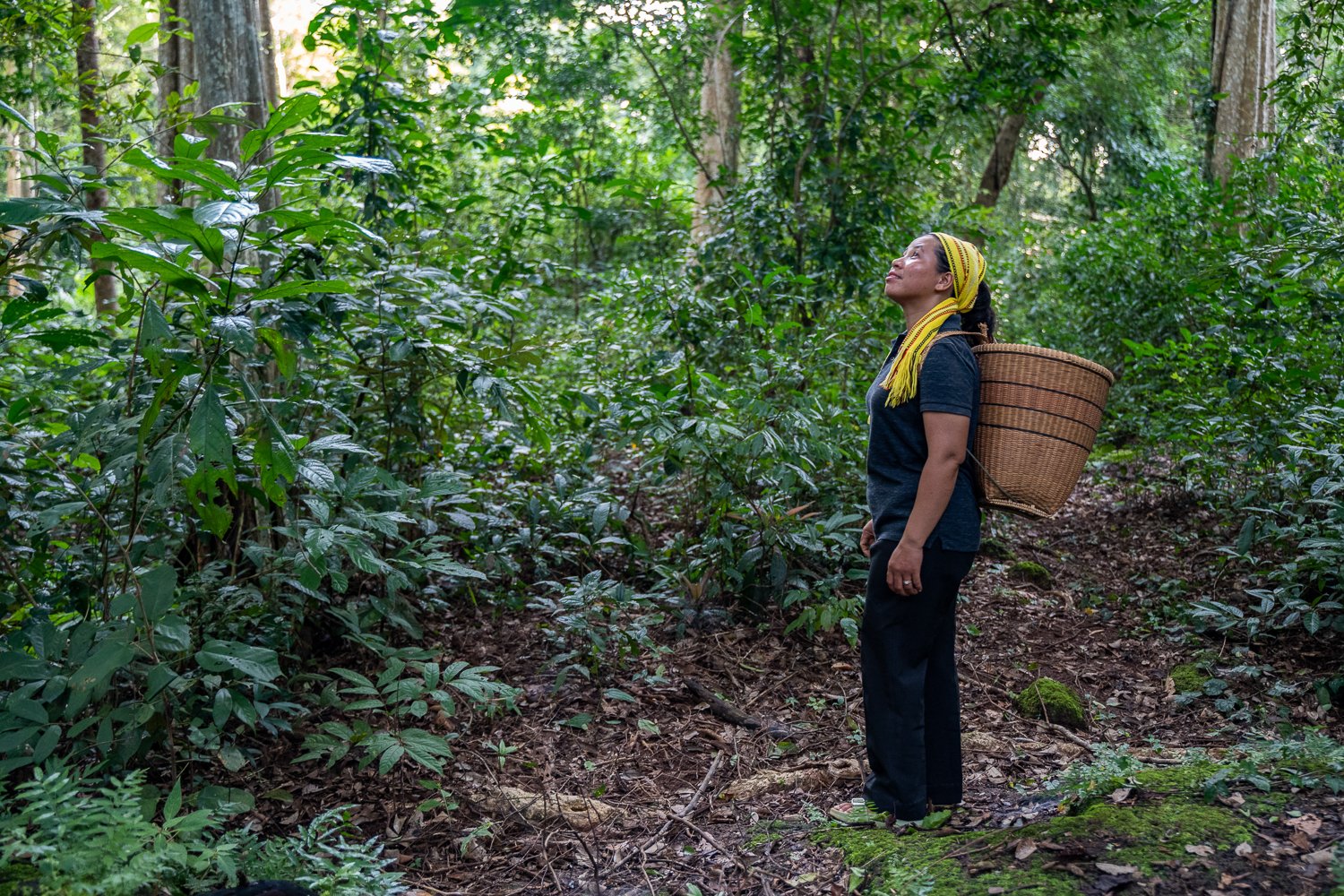
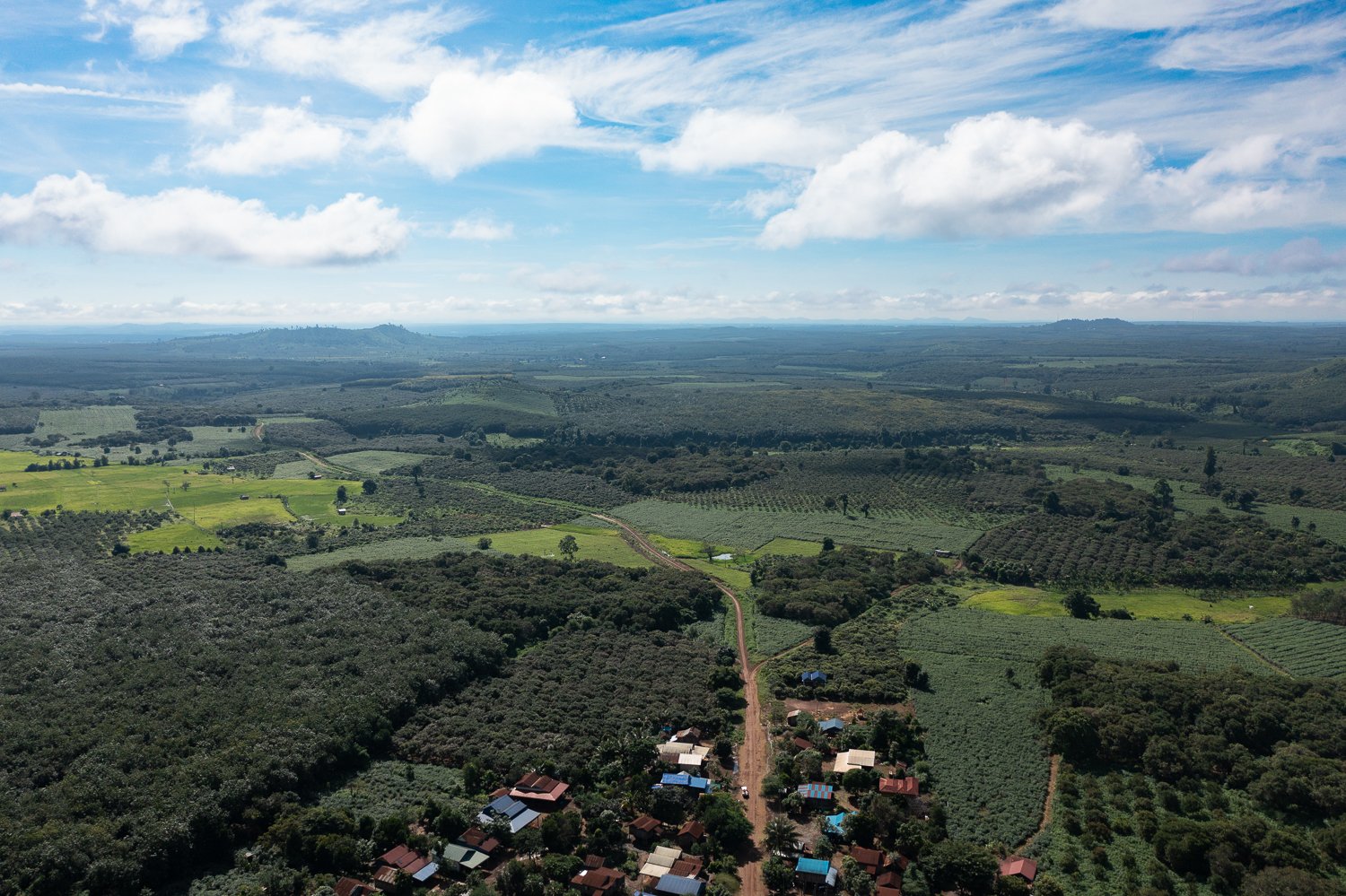
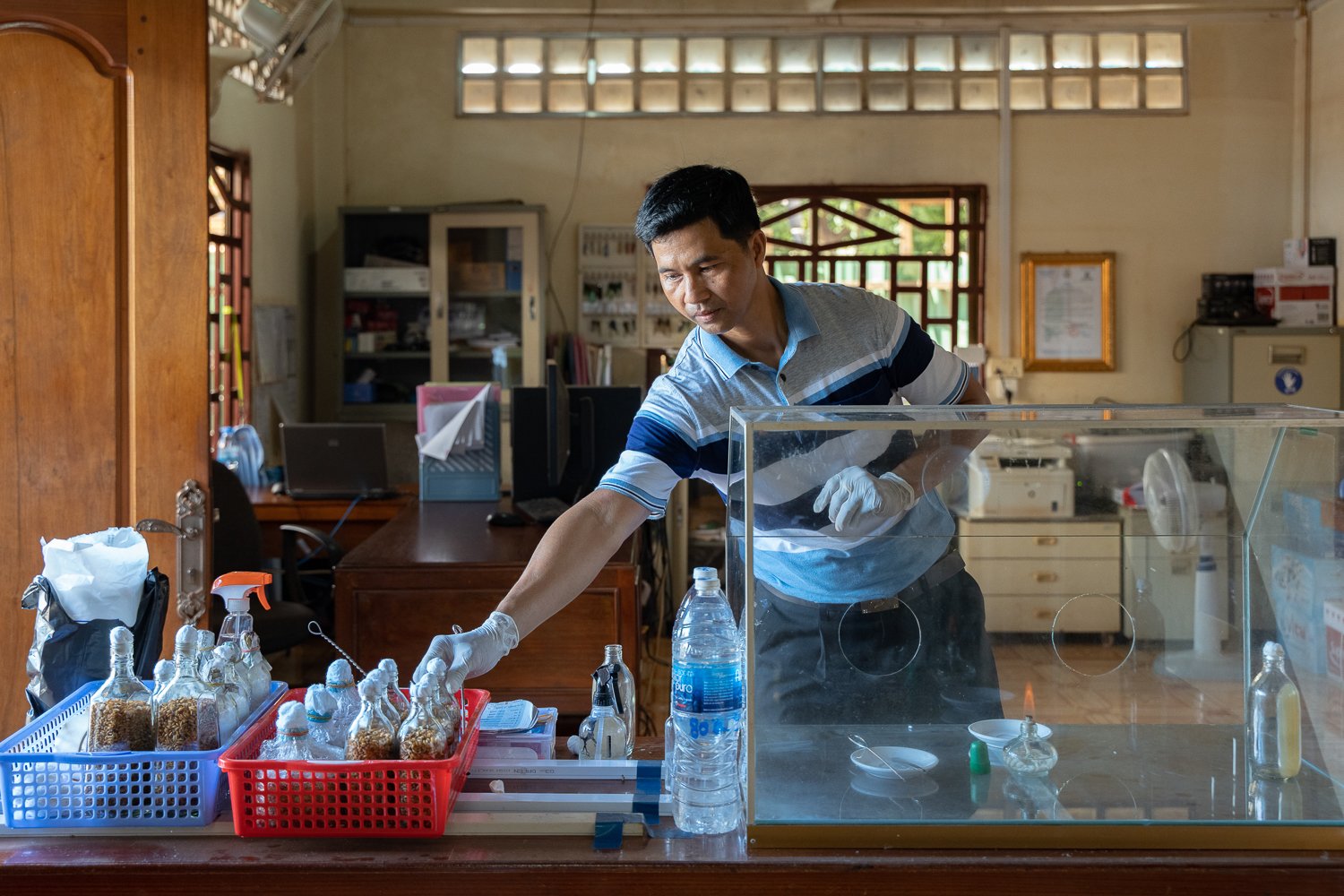
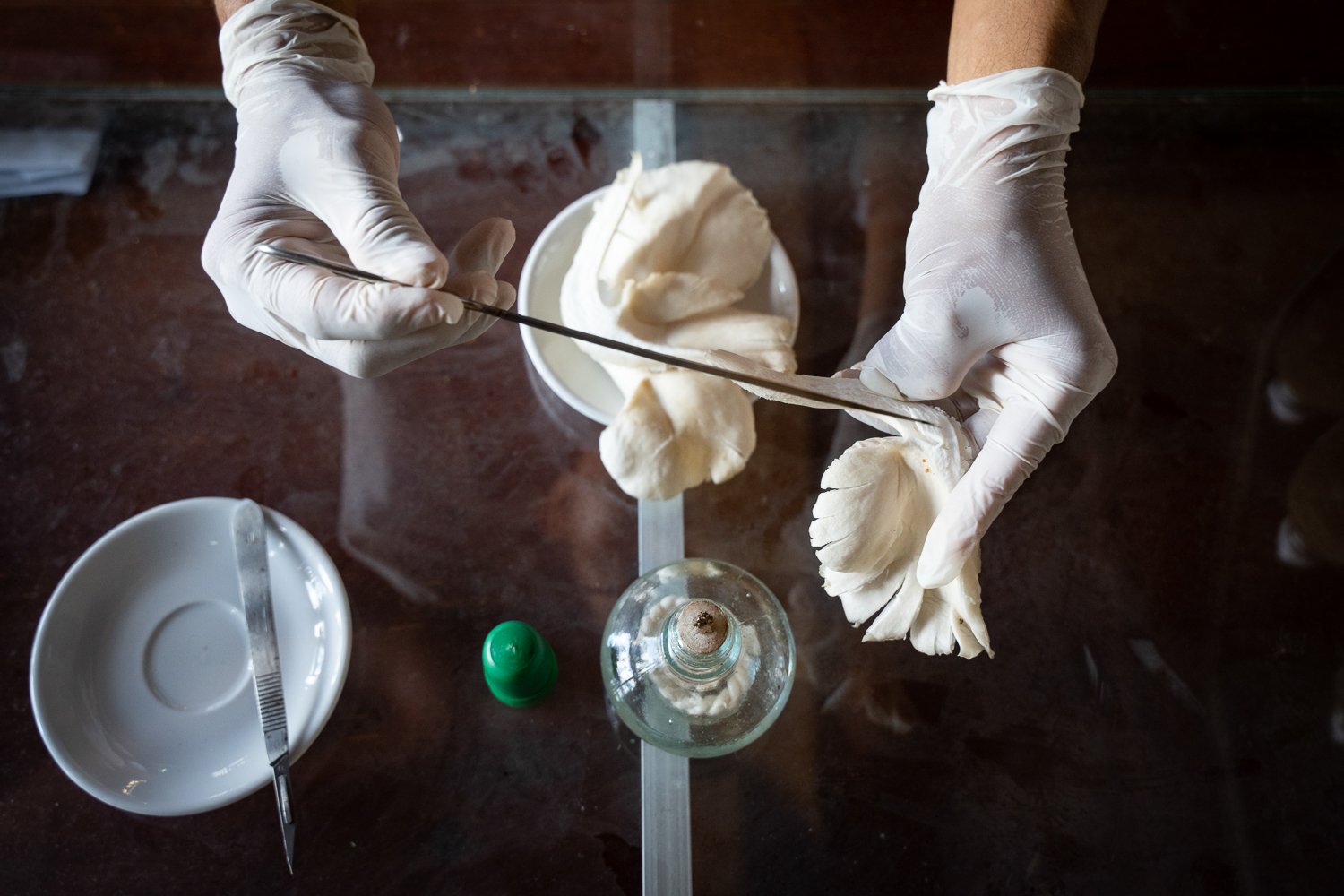
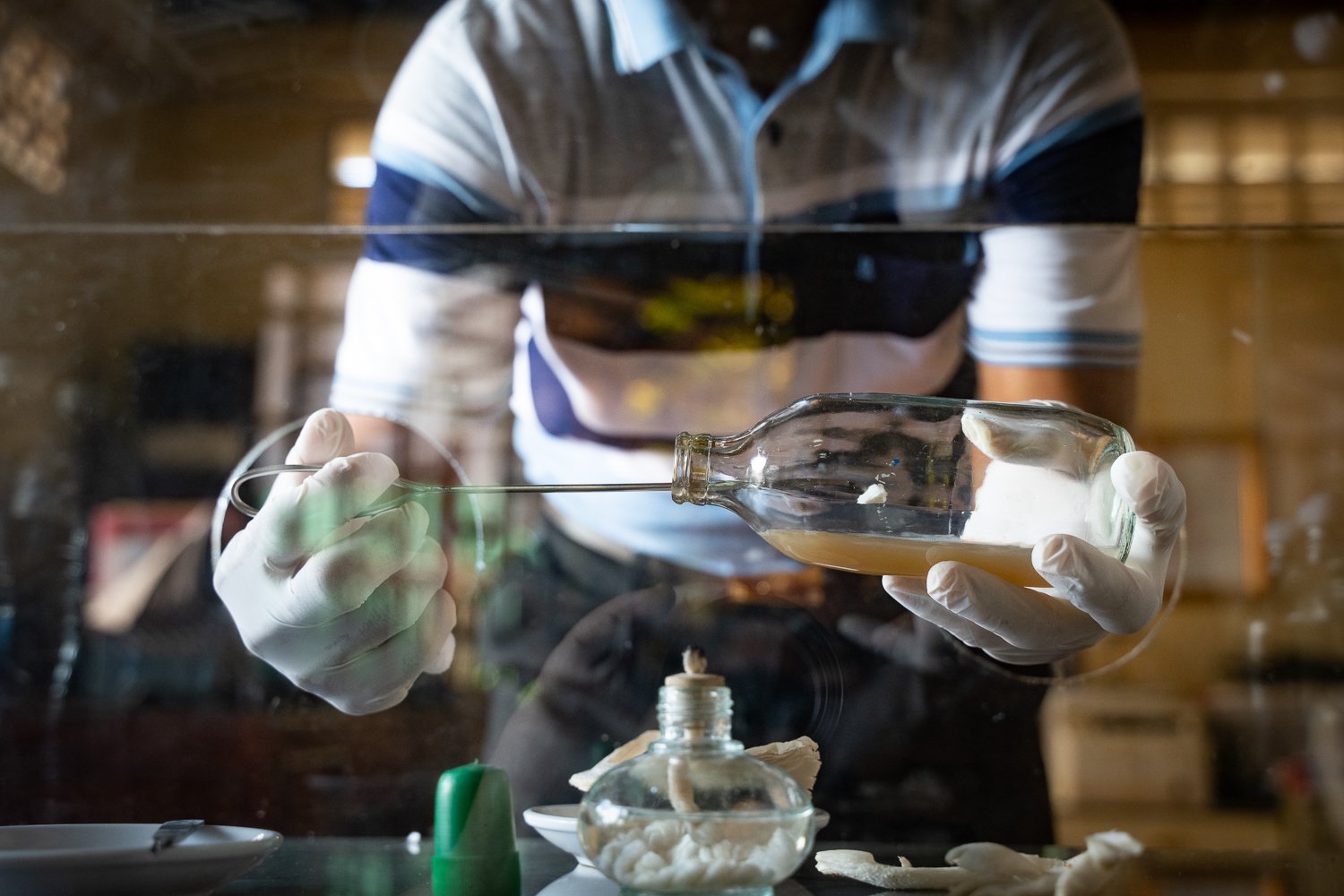
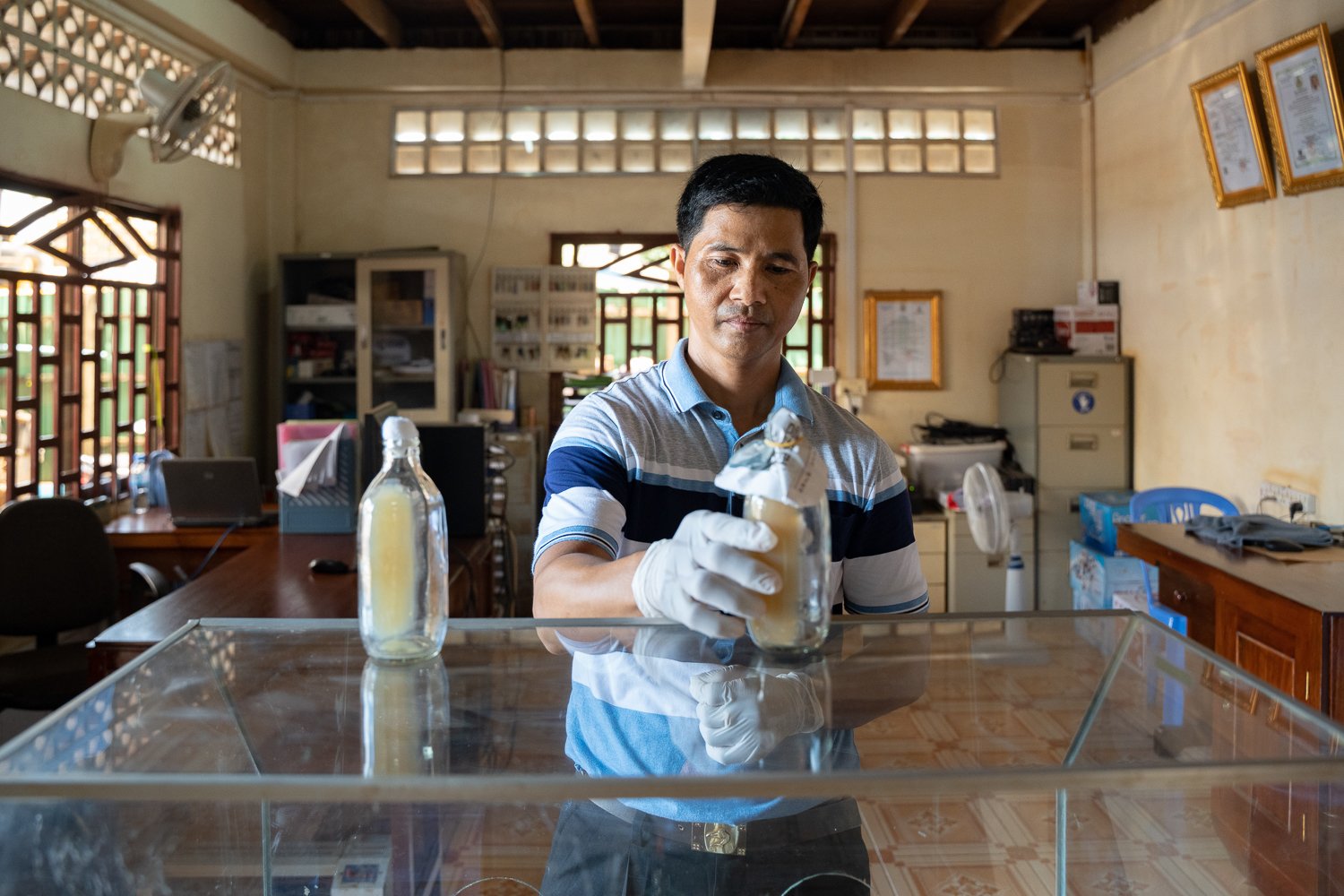
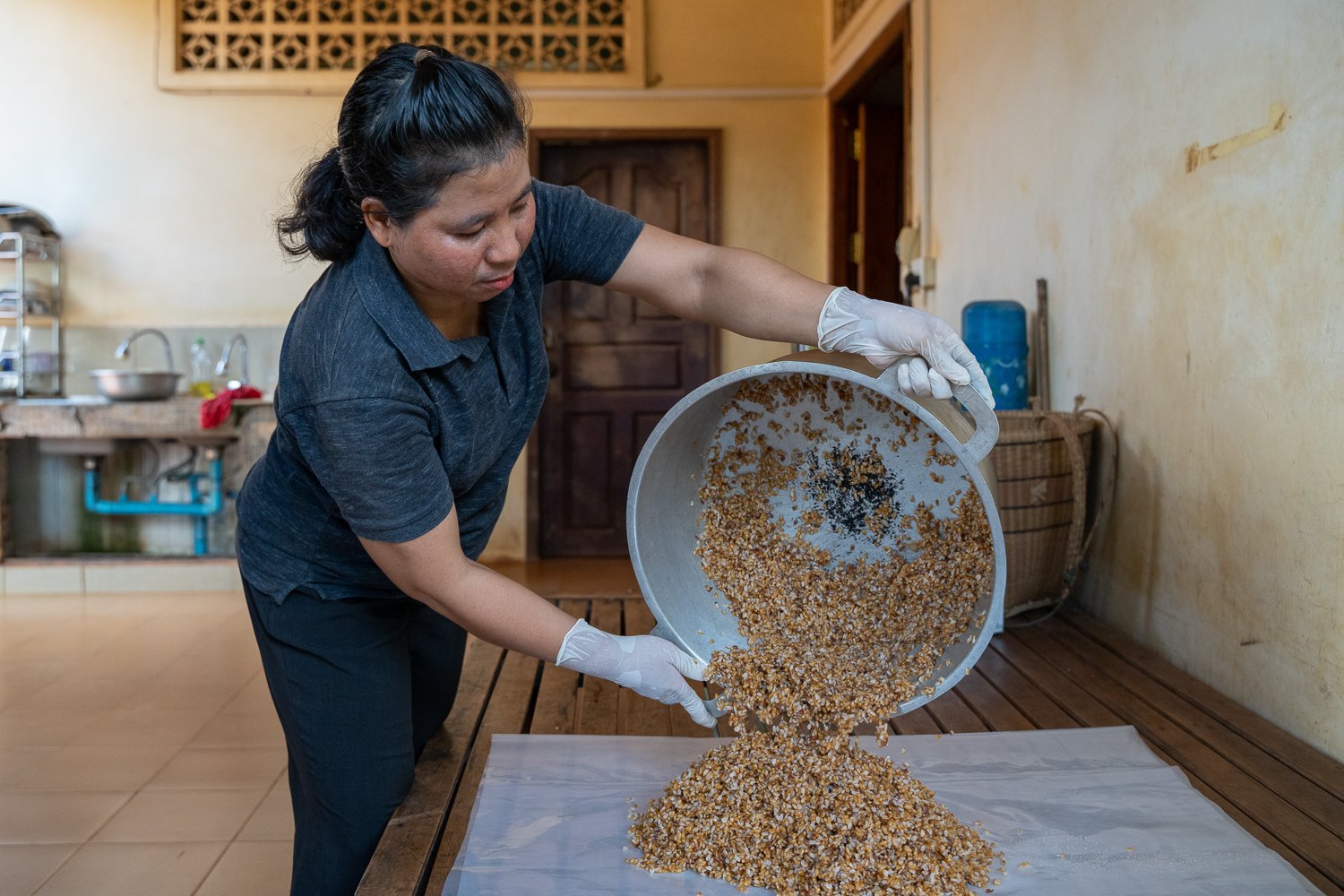
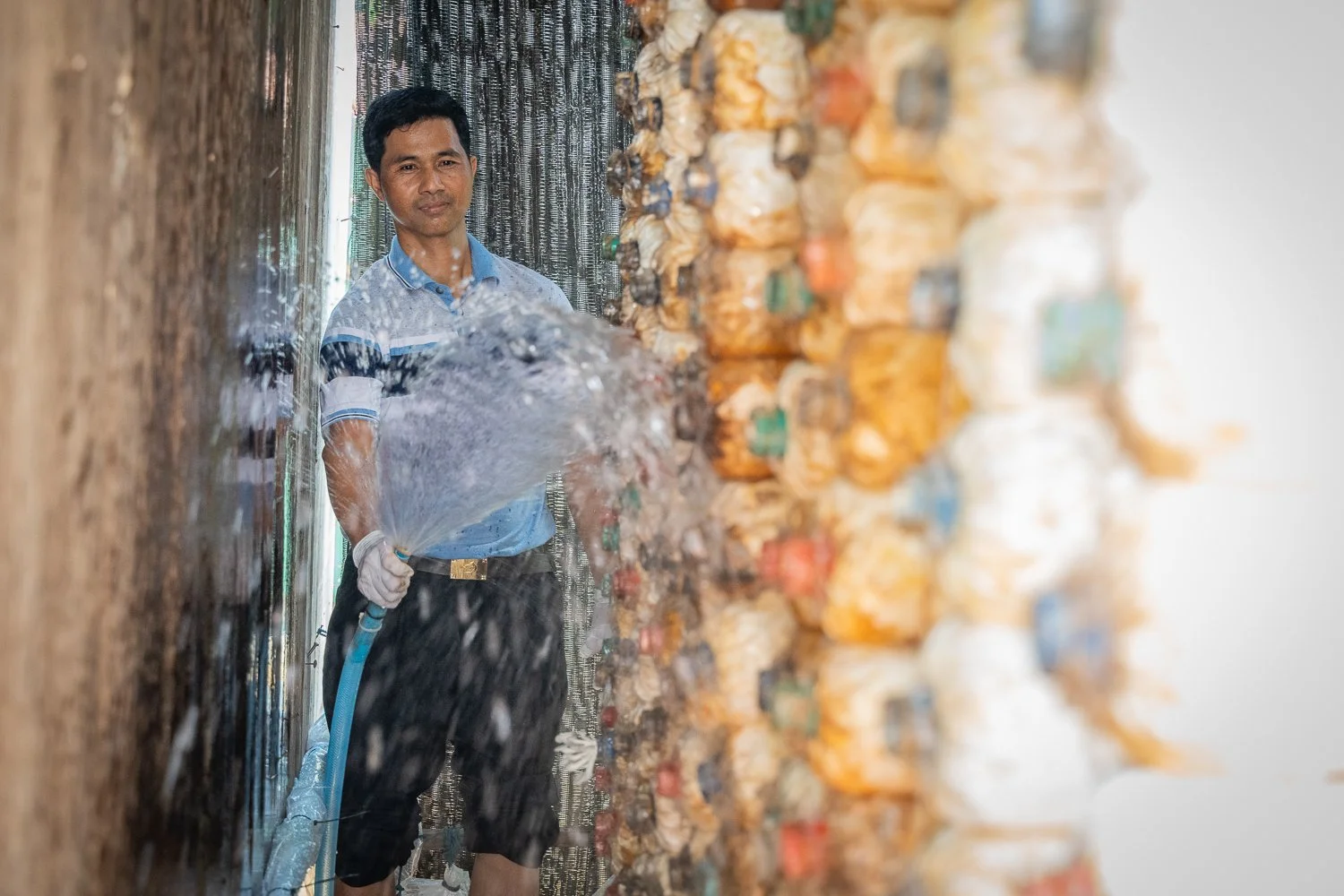
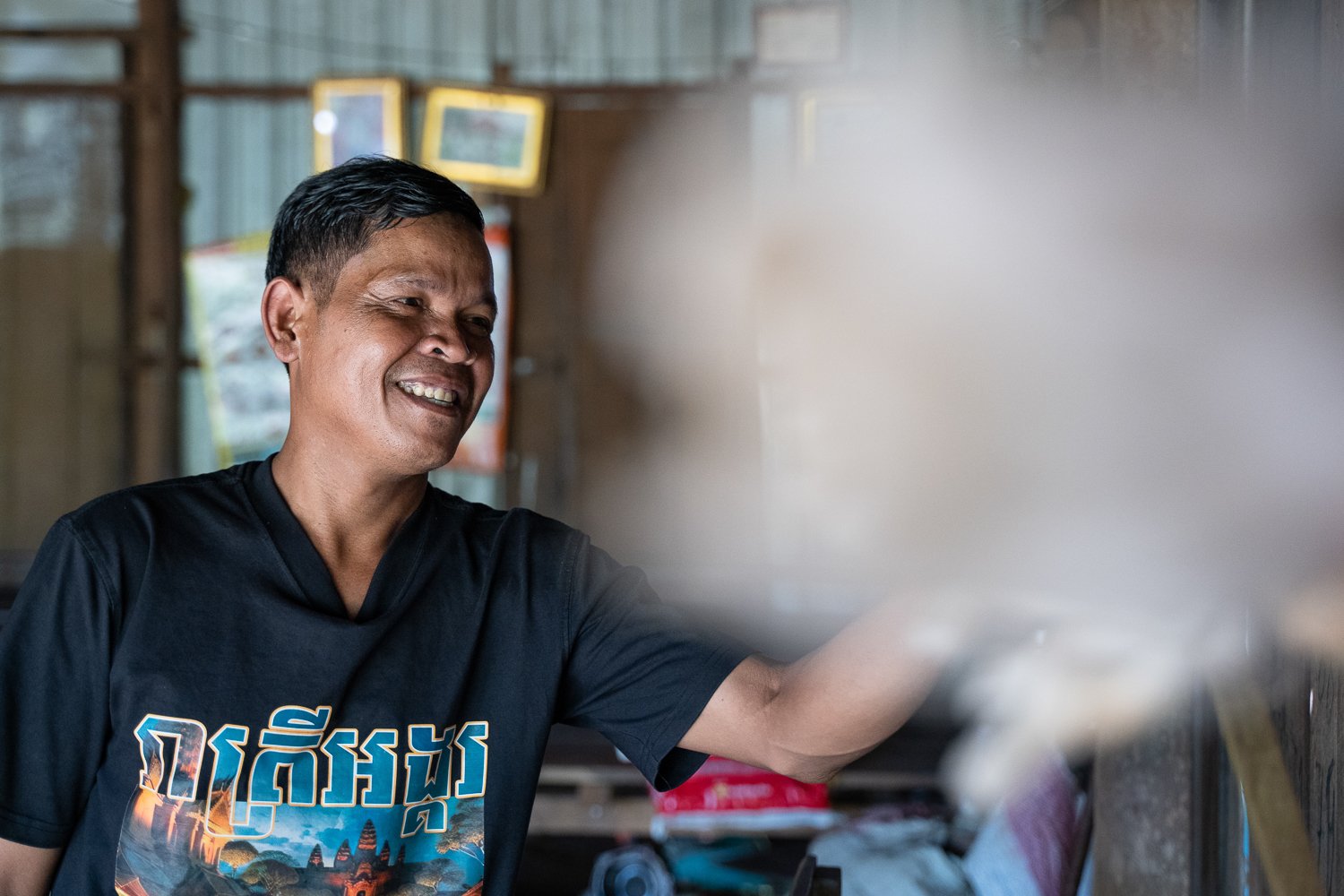

Spending time in the forests of Ratanikiri bought back memories of the extended periods I spent in the forests of Mondulkiri for Last of the Elephant Men.
Then I was working as a director, camera operator and Steadicam operator, this time I’d been assigned as an NGO photographer to document FELM’s mushroom cultivation programme.
FELM, a Finnish NGO, identify partners in the countries they work in and supports them in implementing their projects.
The implementing partner for this one is Integral Cooperation Cambodia, a Phnom Penh based NGO with an office in Banlung.
I arrived at their office to photograph the mushroom cultivation process.
I’m not entirely clear on all the steps, but Nin Samreth, the team leader on the Climate Resilient and Sustainable Indigenous Livelihoods-project, led me through the process while I took photographs of the process and portraits.
Sorl Nhoy, a project officer on the Climate Resilient and Sustainable Indigenous Livelihoods-project, also lent a helping hand. She showed me various parts of the process while I got on with my work as an NGO photographer.
Essentially, they put mushroom culture into sterilised bottles full of straw. The mushrooms then propagate before they can be transported to indigenous communities where they grow them in wall gardens.
After seeing the process at the office, we took a short ride out of town where I photographed Pun Savy at his house where he grows mushrooms.
The visit was rounded off with Pun Sayy taking a basket of mushroom round to his neighbour’s house where they prepared soup.
It’s increasingly important for indigenous people to have alternative food sources as the land they have to farm is getting smaller and climate change is making food production increasingly unpredictable.
You can see other examples of the NGO photography work here.
On Assignment - Photographing Malaria Prevention for WHO, Stung Treng, Cambodia
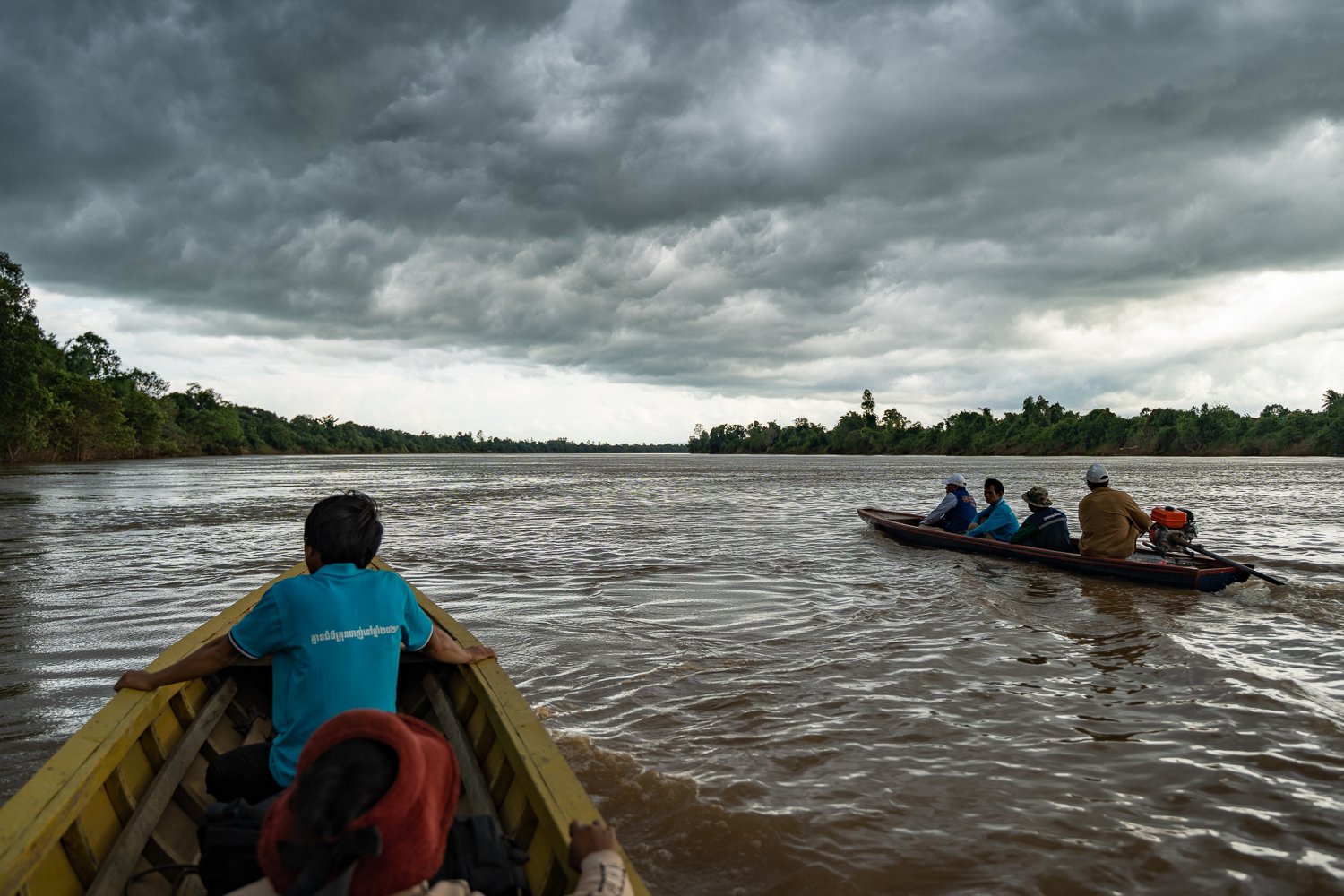
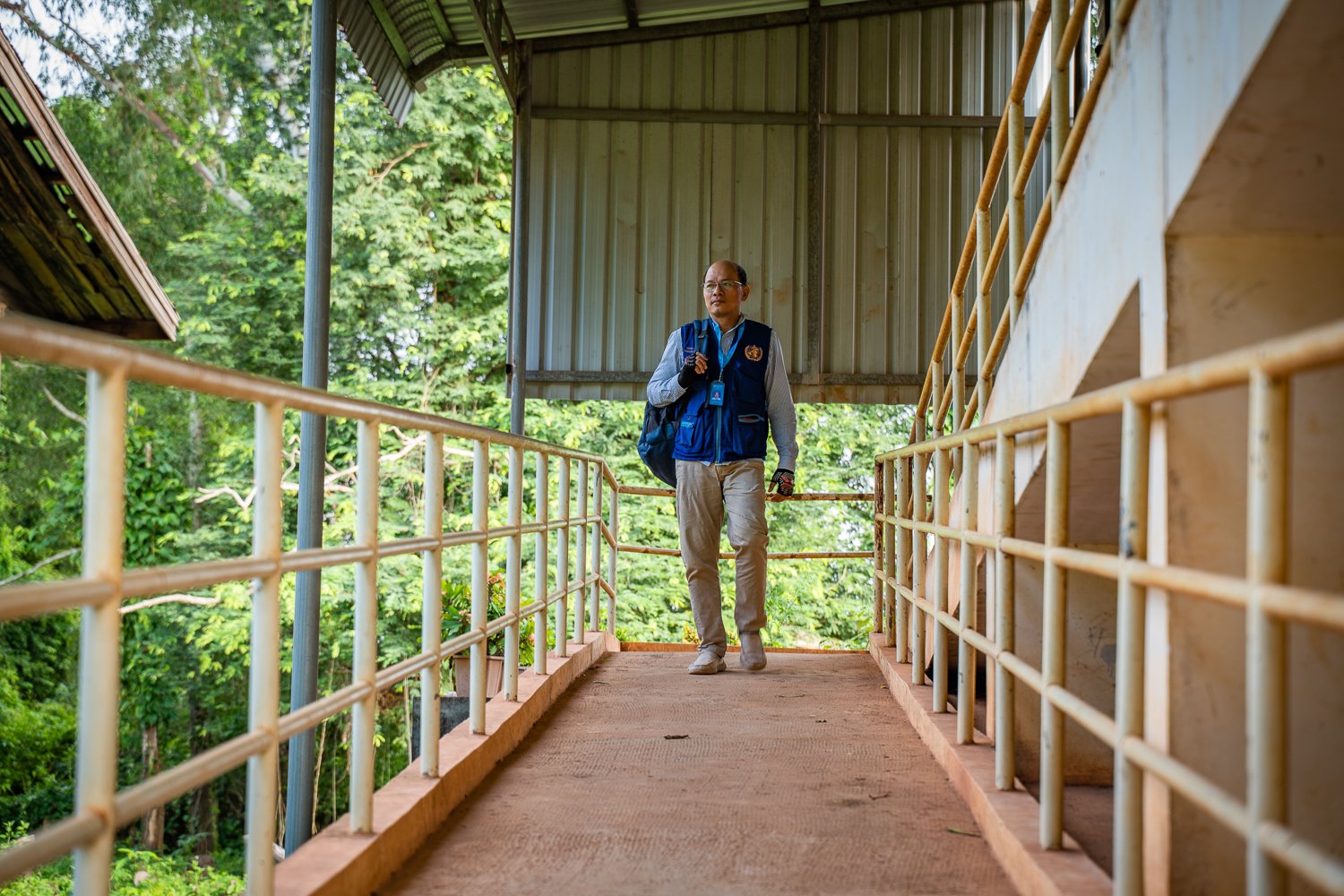
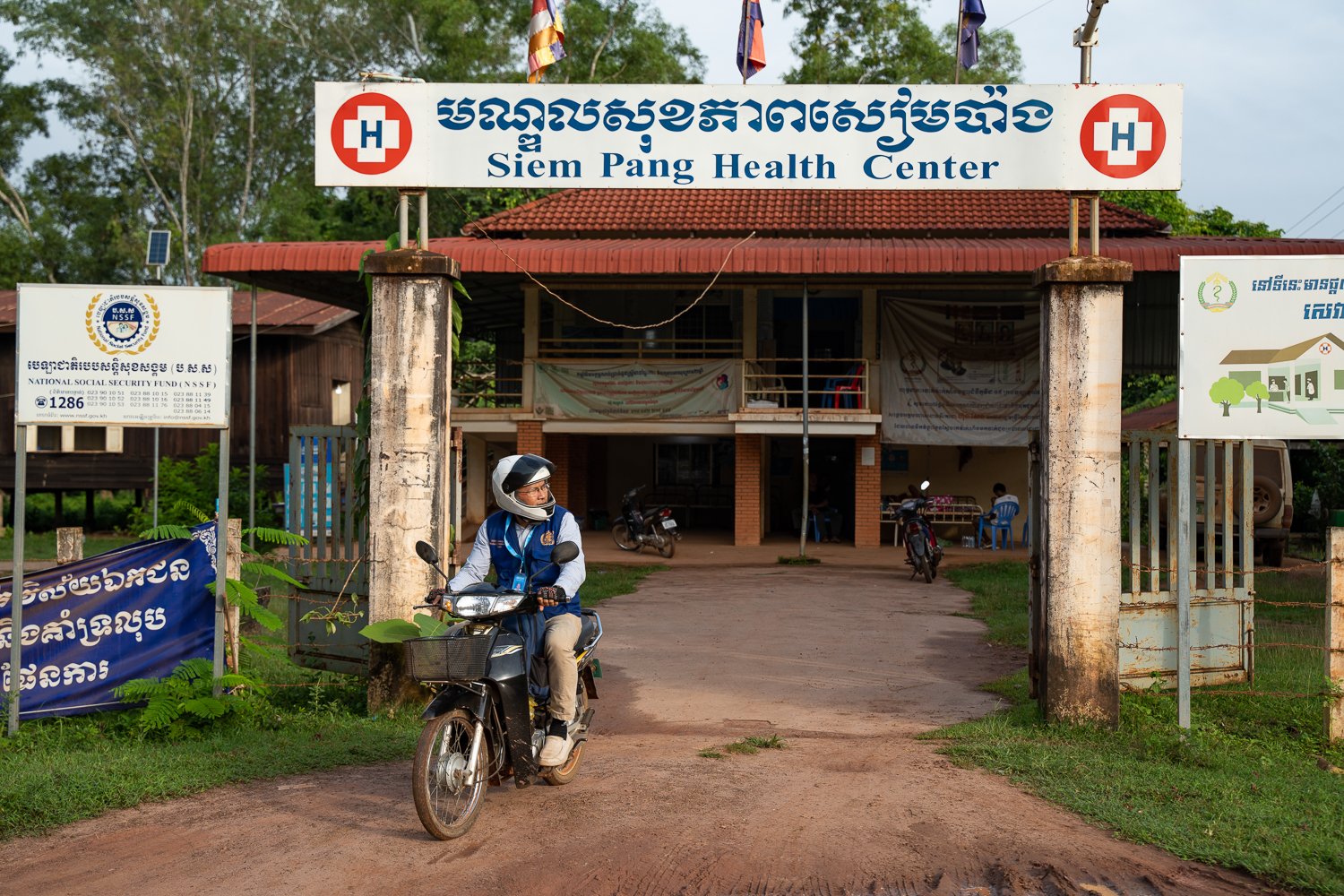
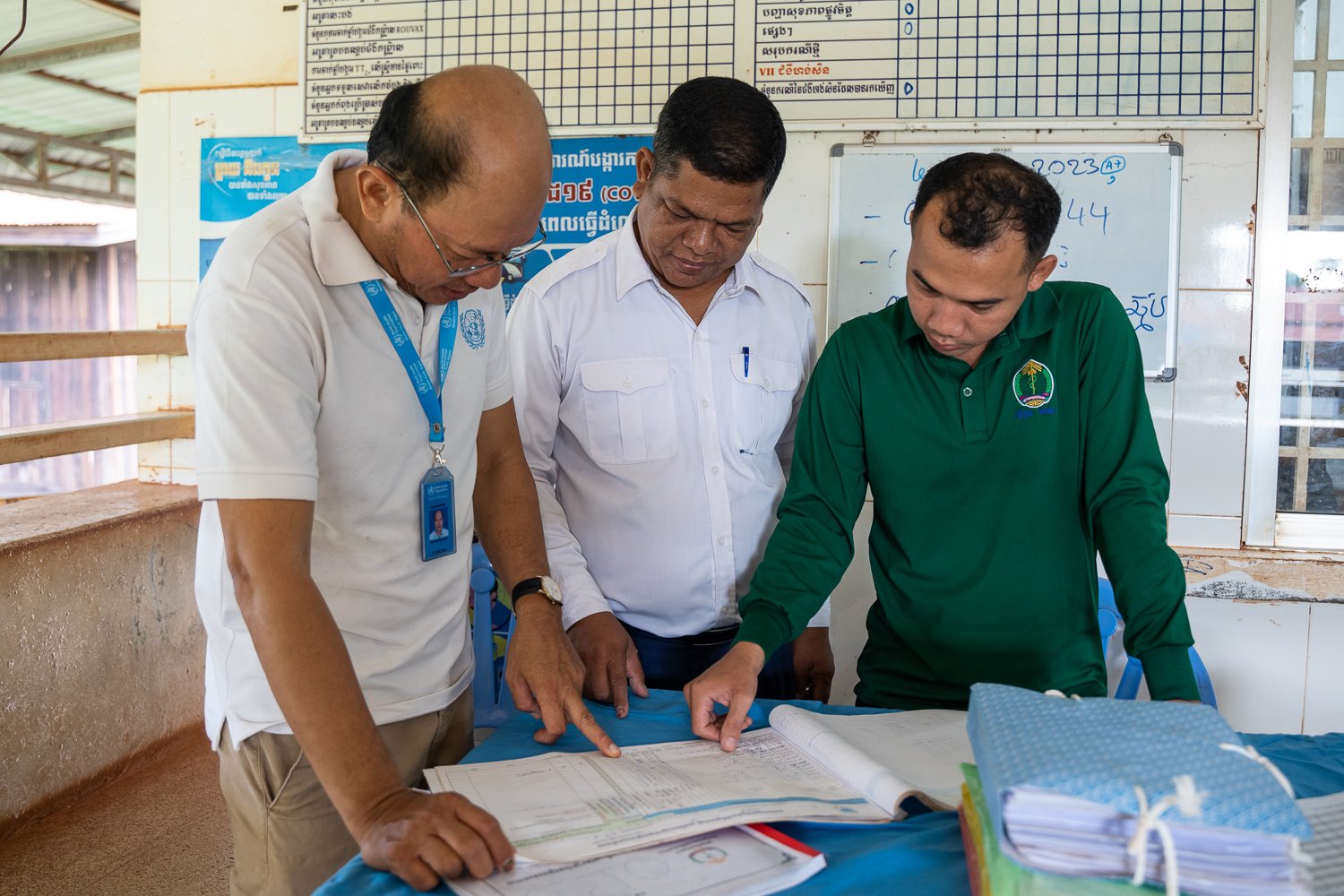
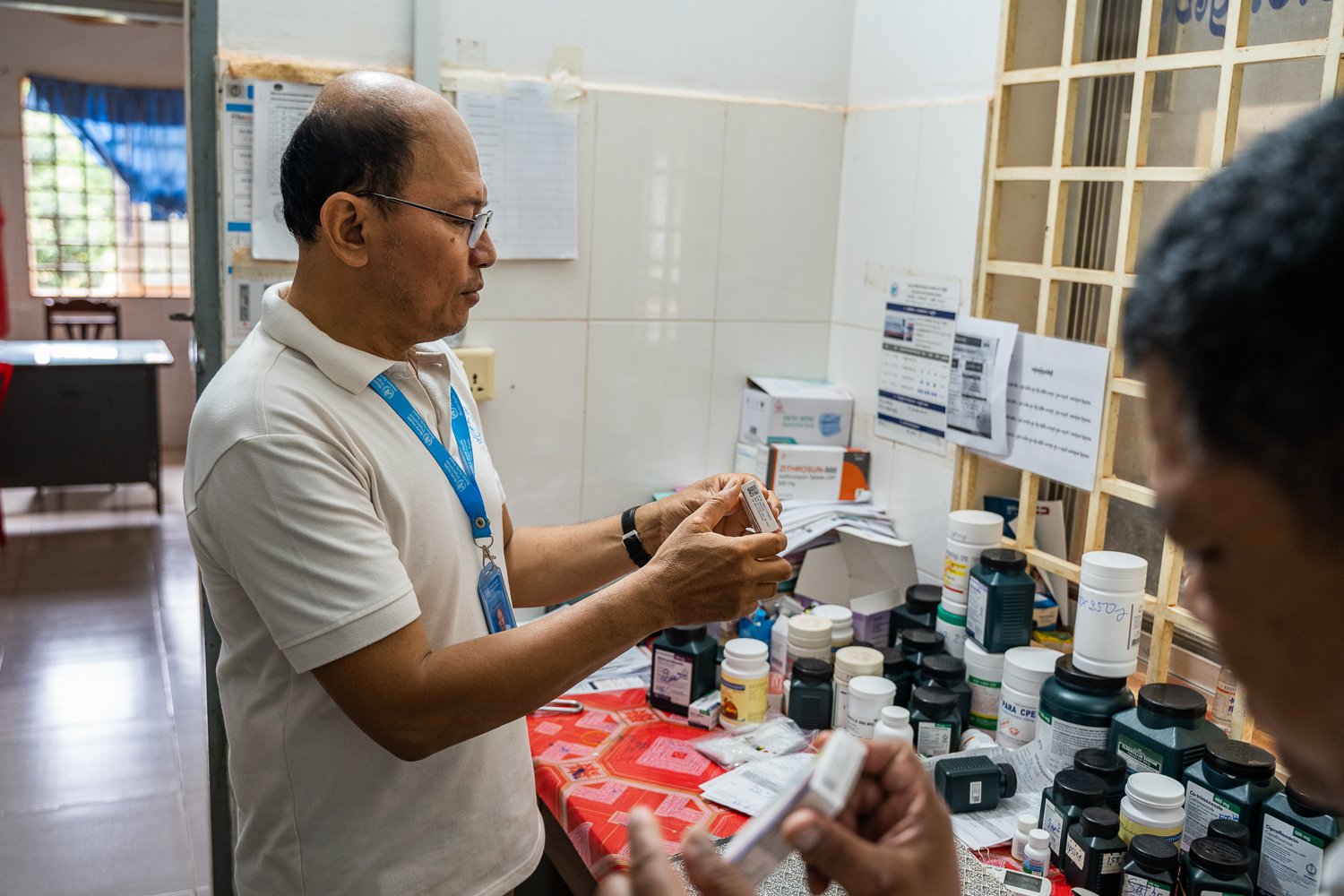
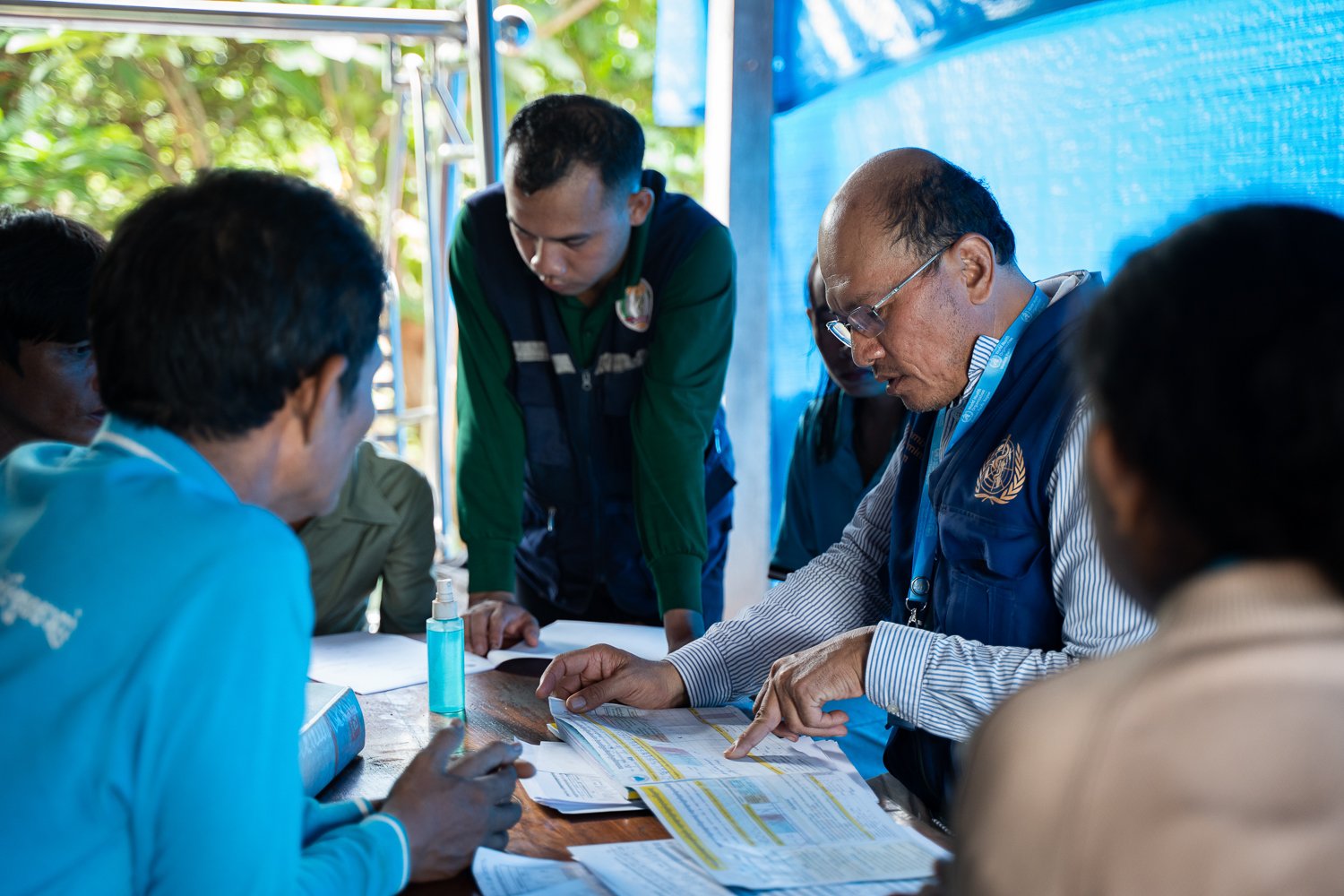
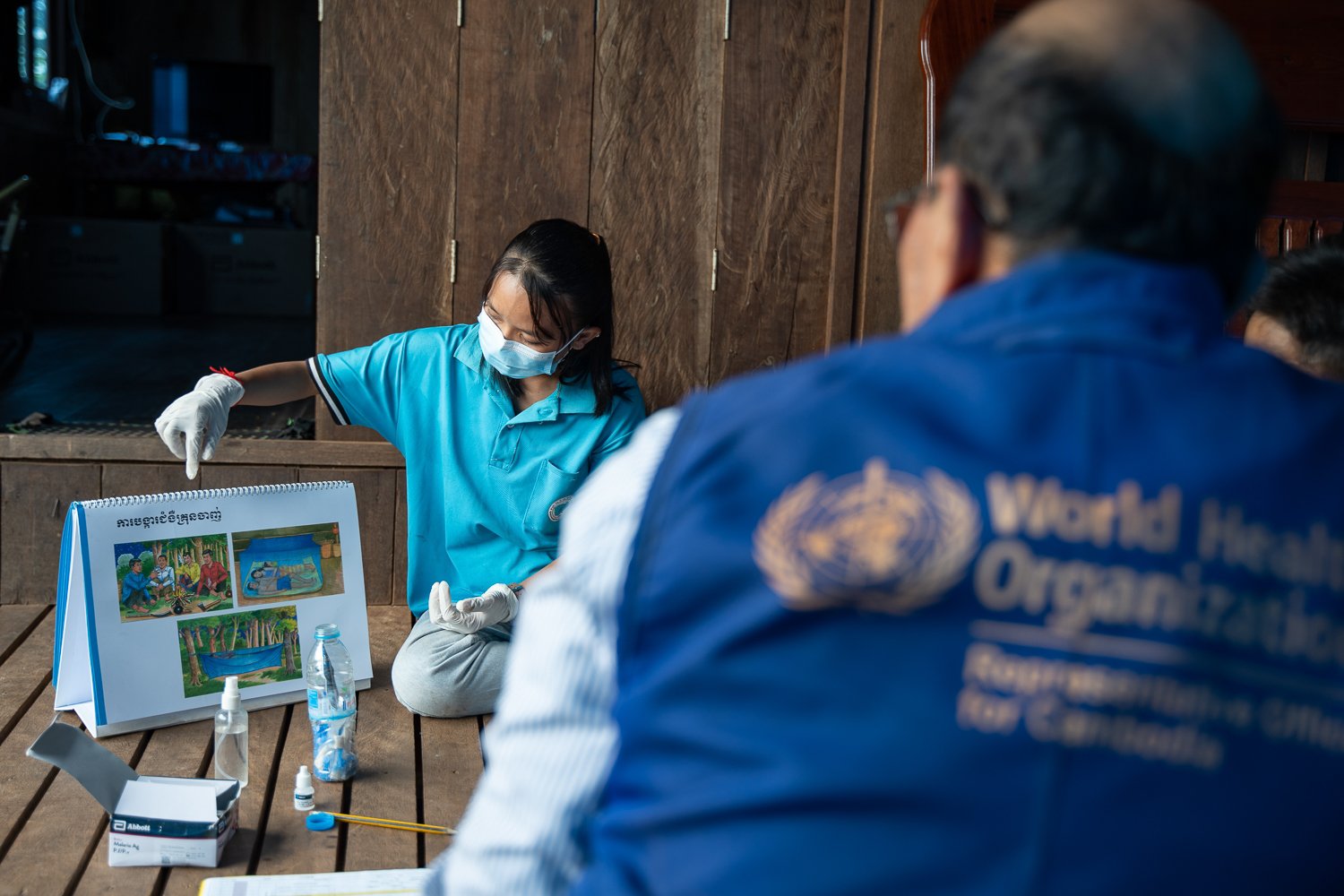
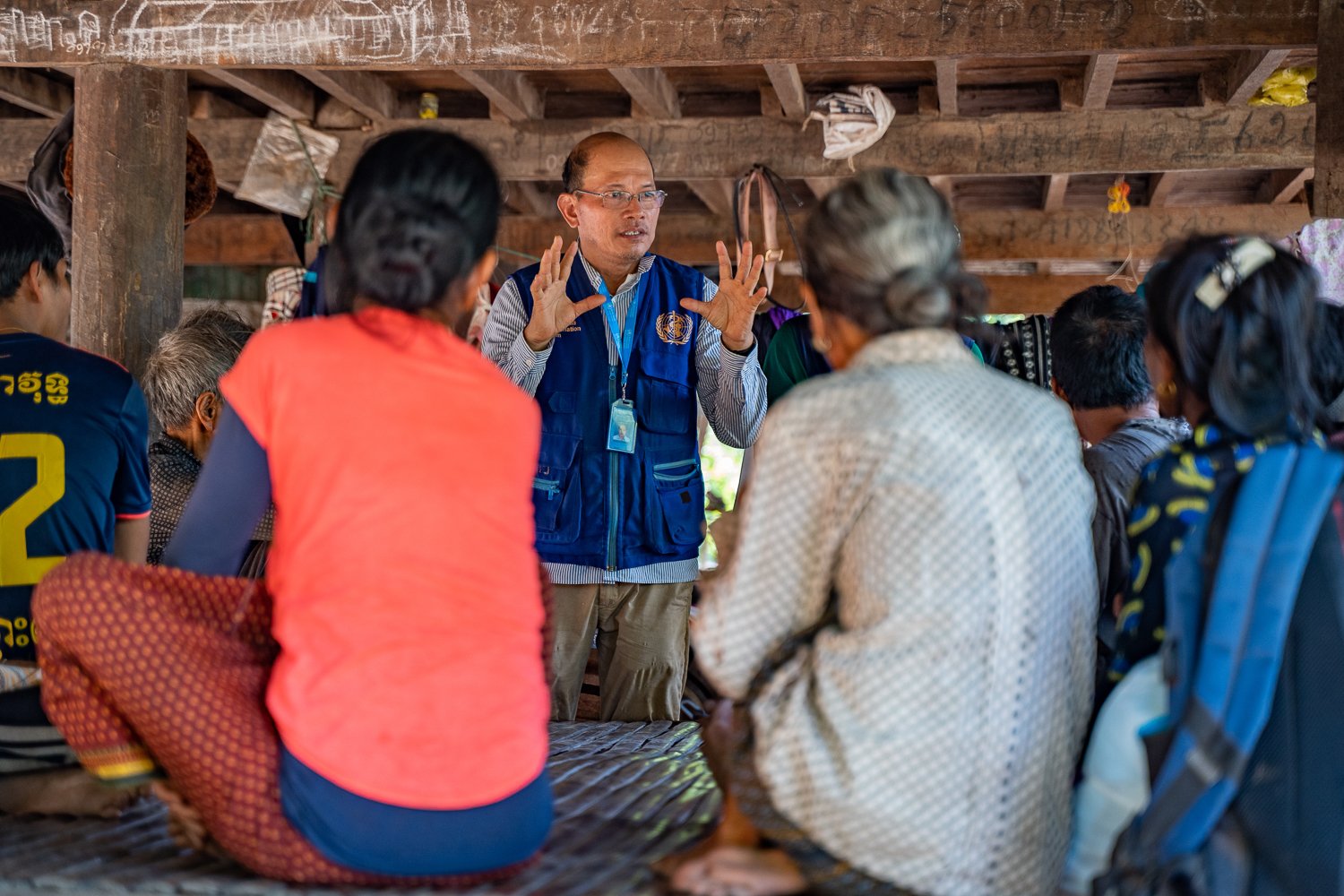
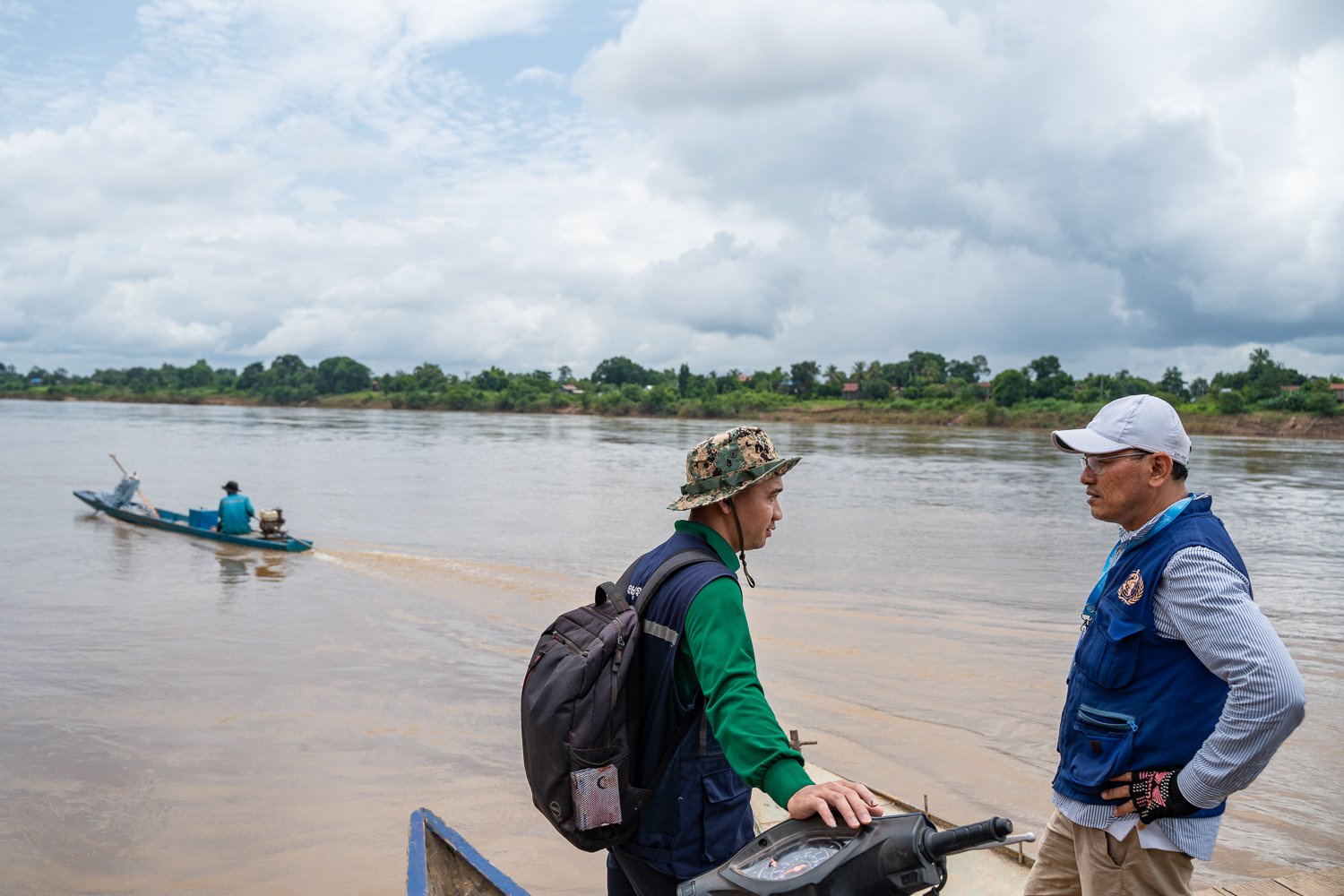
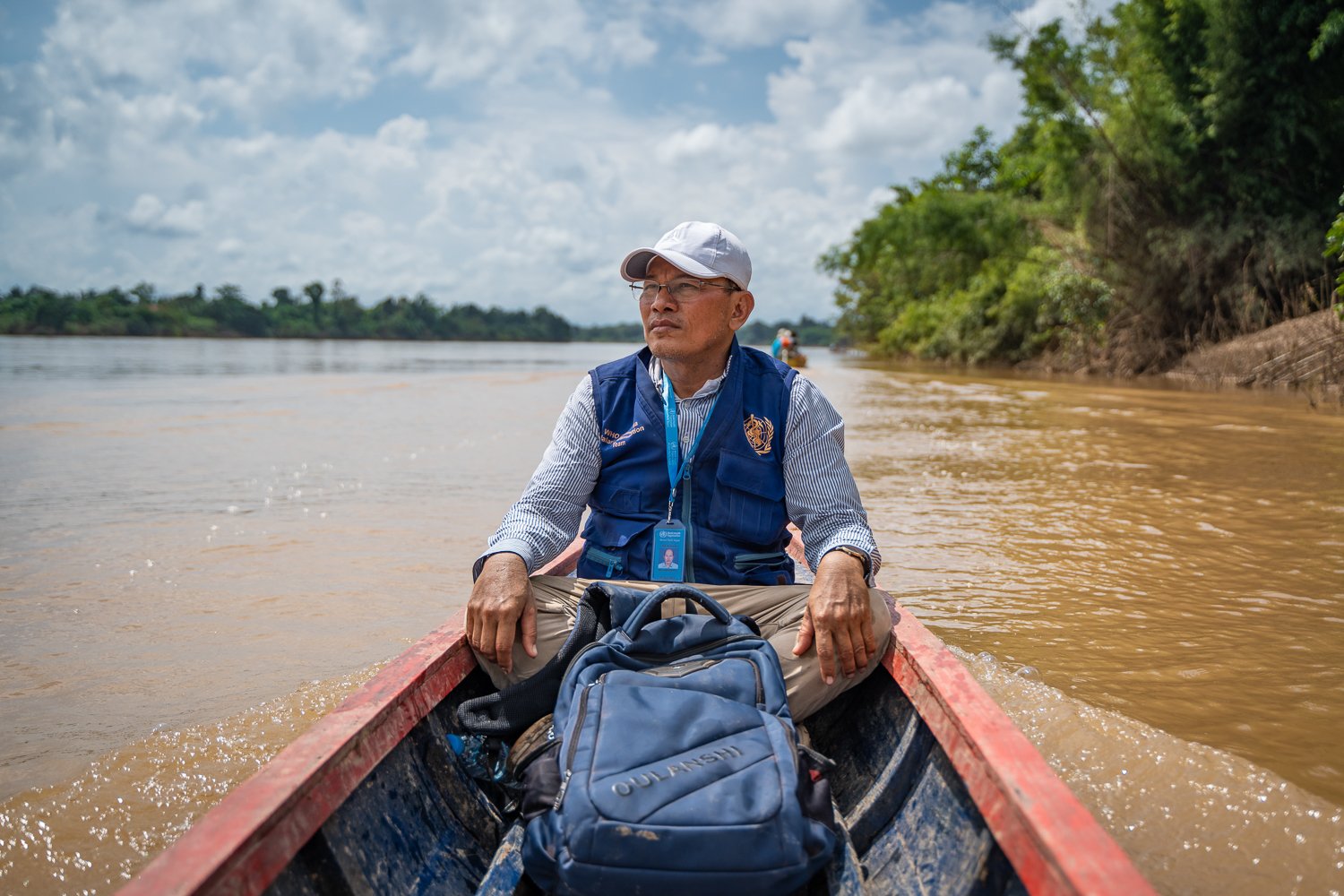
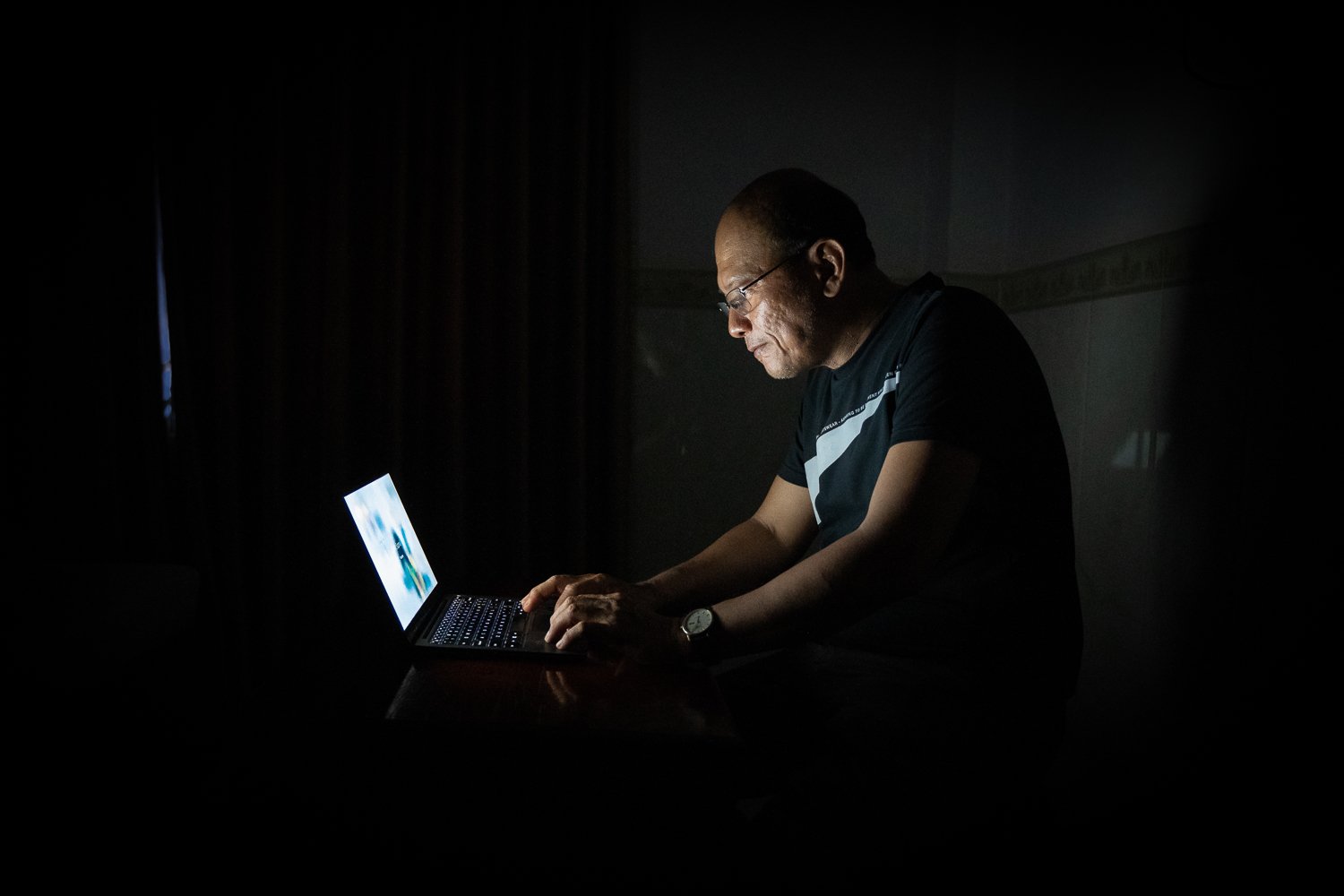
It’s always a pleasure to get of Phnom Penh on assignment and this job was no exception. The brief was to produce a series of 25 photos for the World Health Organization about Sophal for their WHO’s Who series to commemorate their 75th anniversary of providing health for all.
The series was to highlight some of vital work done by some of the key healtcare workers around the world.
Sophal works in malaria prevention and has dedicated himself to preventing malaria in the remote parts of Stung Treng, which are high risk areas.
Sophal was a great choice for the photography series and he is dedicated to his work and he’s very respected within the communities he works in. He led a fundraising campaign when one of his team lost their house through fire. On another occasion, he donated blood to one of his community health workers’ wives after being alerted to the need in the middle of the night.
He’s also studying for a masters in public health in his spare time.
It was a busy day photographing Sophal. We arrived at Siem Pang Health Center early in the morning where Sophal met with the local health centre workers, checked malaria records and did a stock take of the preventative medicine before travelling into the community.
Working in remote villages, we had to take a ferry an ox and cart and small boat to reach the most remote village.
When we got to the community, Sophal checked the records and spoke to his team of community health workers.
From there, his team went into the community to provide training to the village and to check on people who had recently returned from the forest to give them preventative medicine.
The team managed to get all of this done before a storm blew in and the heavens opened.
You can see other examples of my NGO photography for the World Health Organization here and here.
In the field as an NGO photographer for the World Health Organisation in Phnom Penh, Cambodia
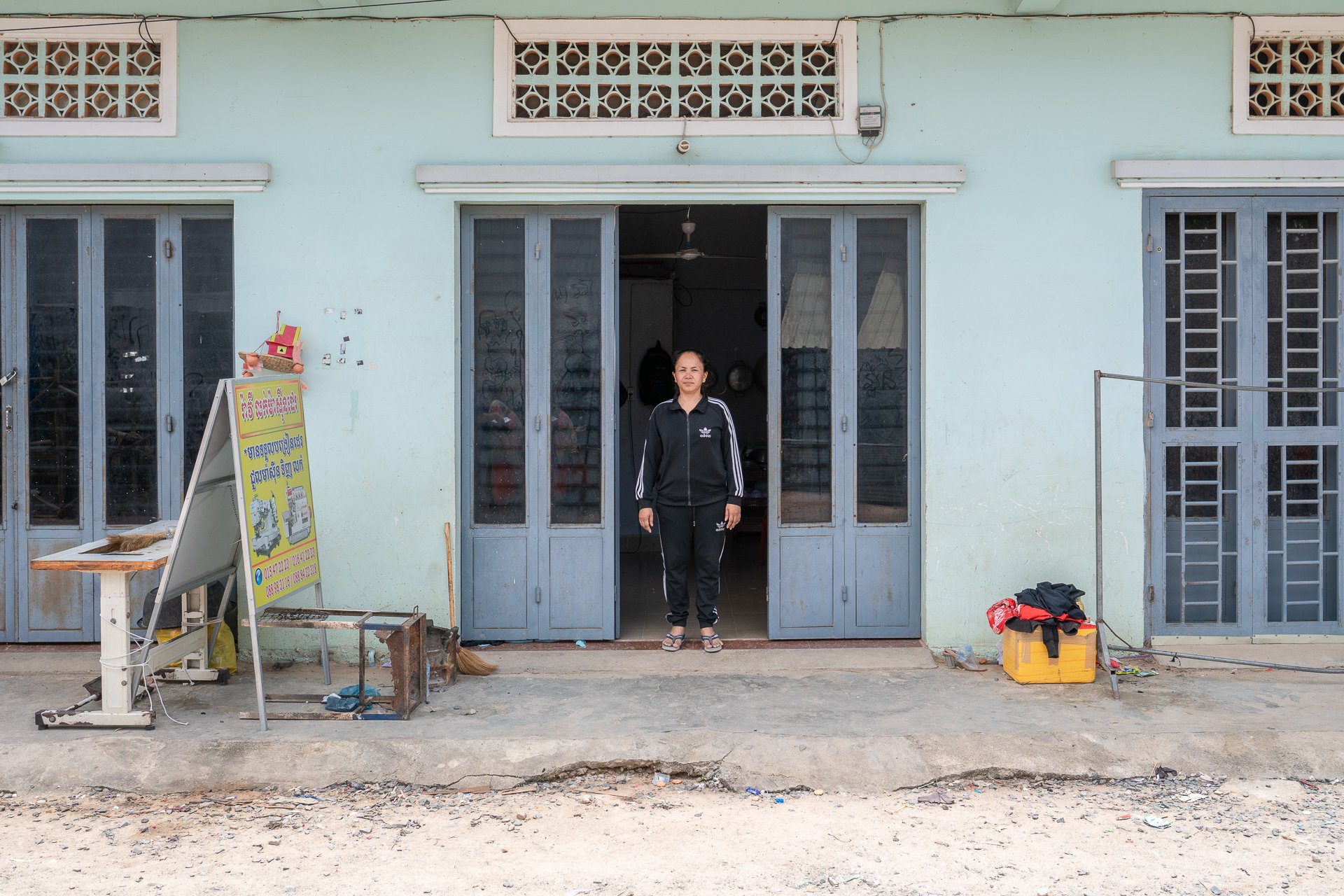

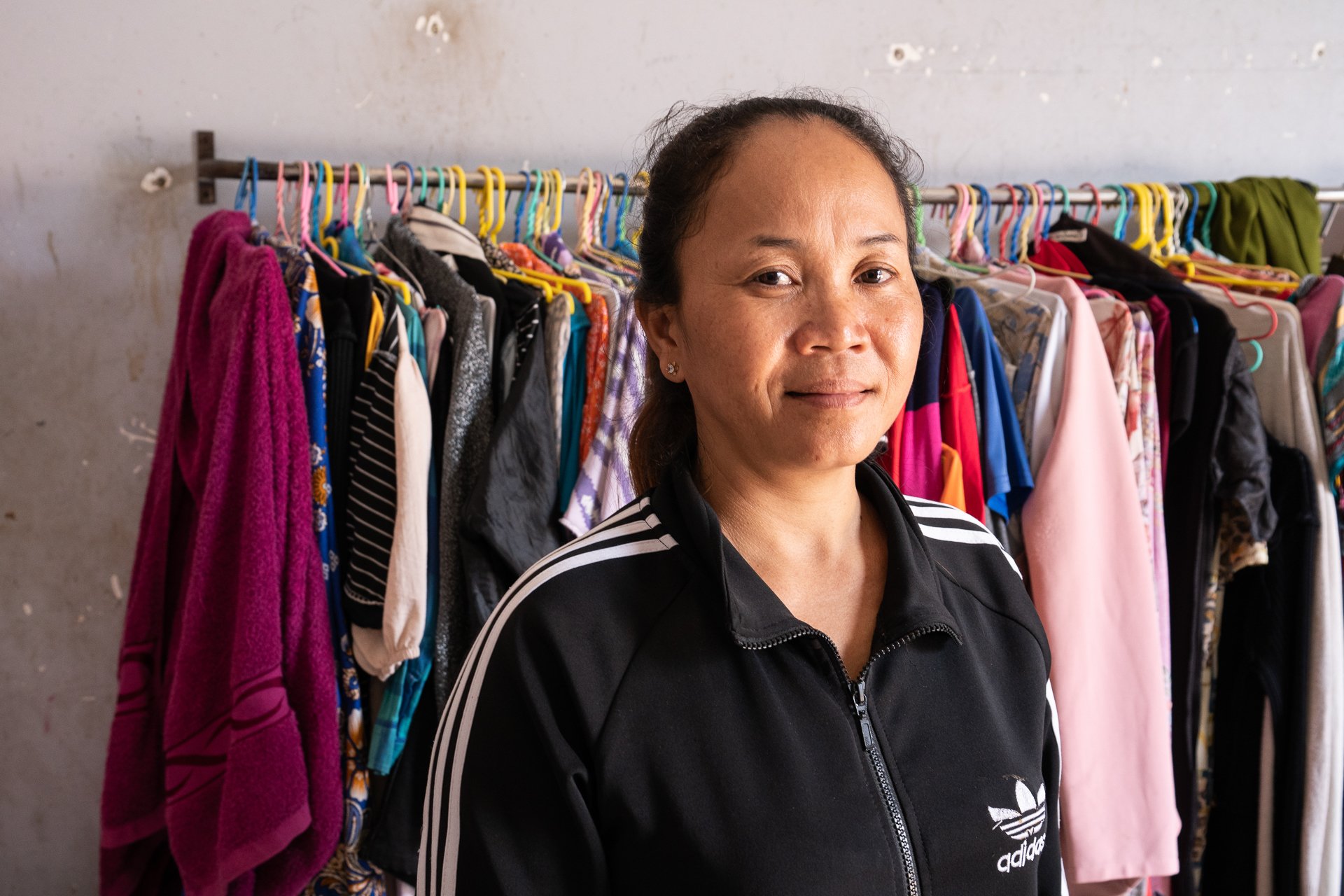
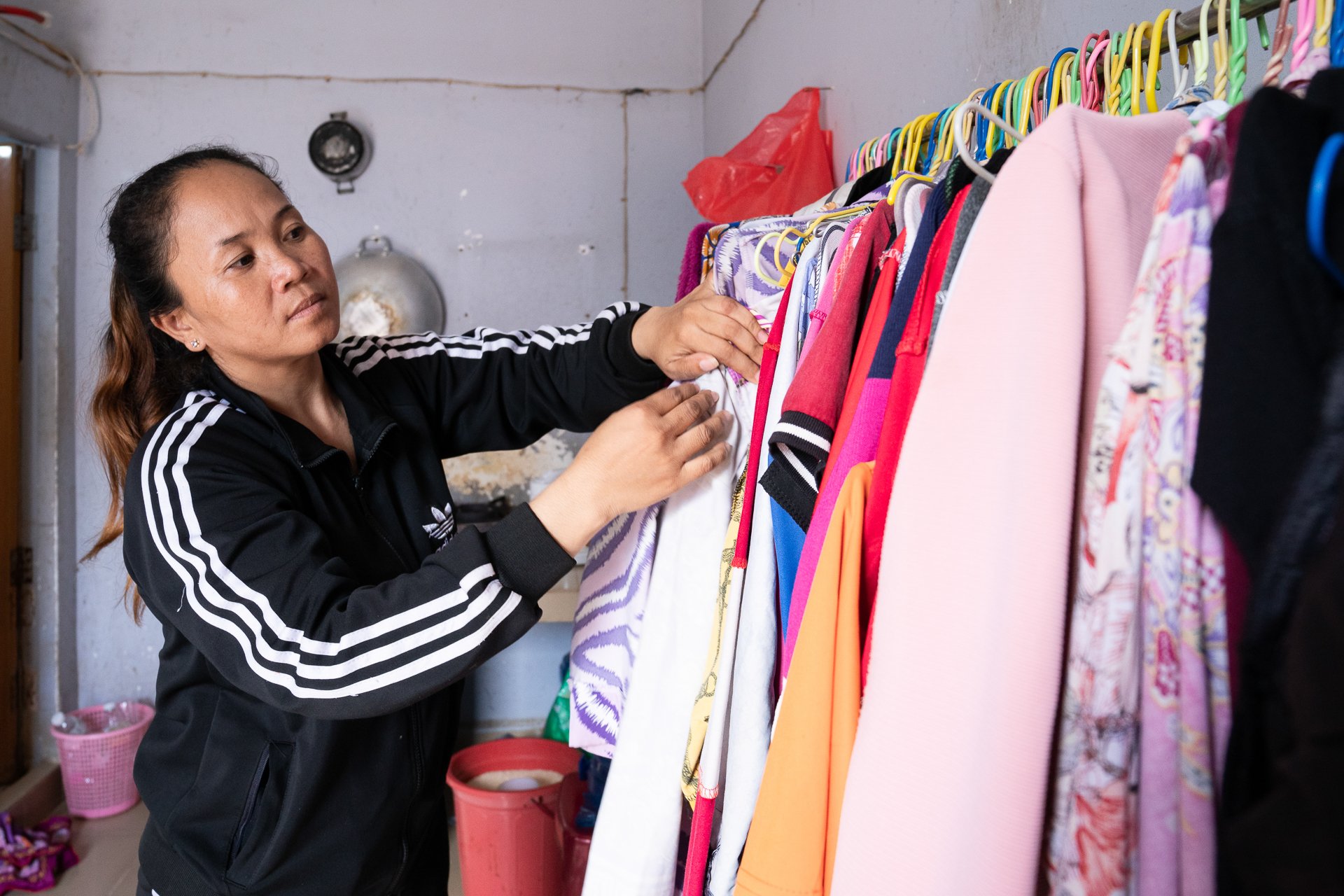
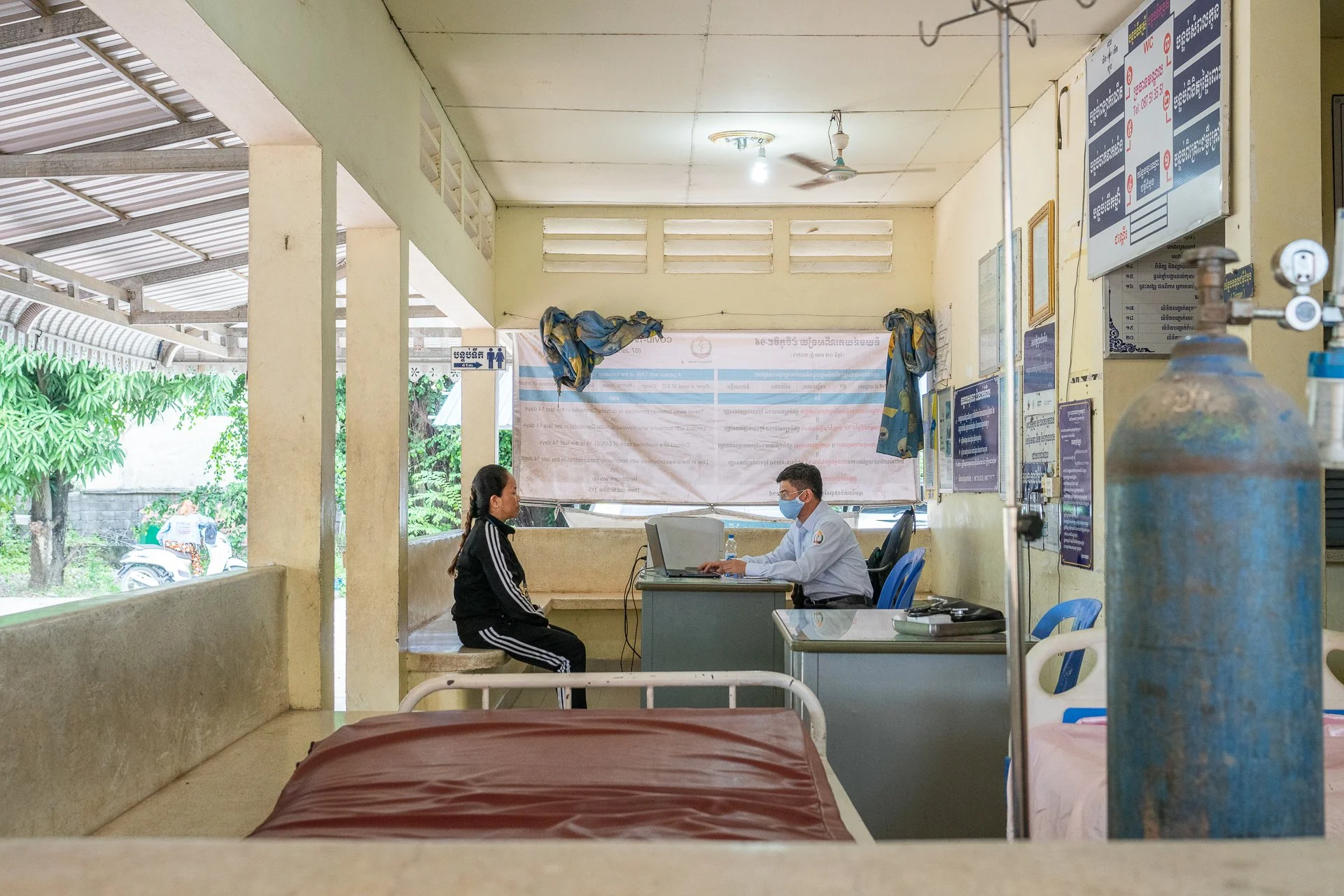
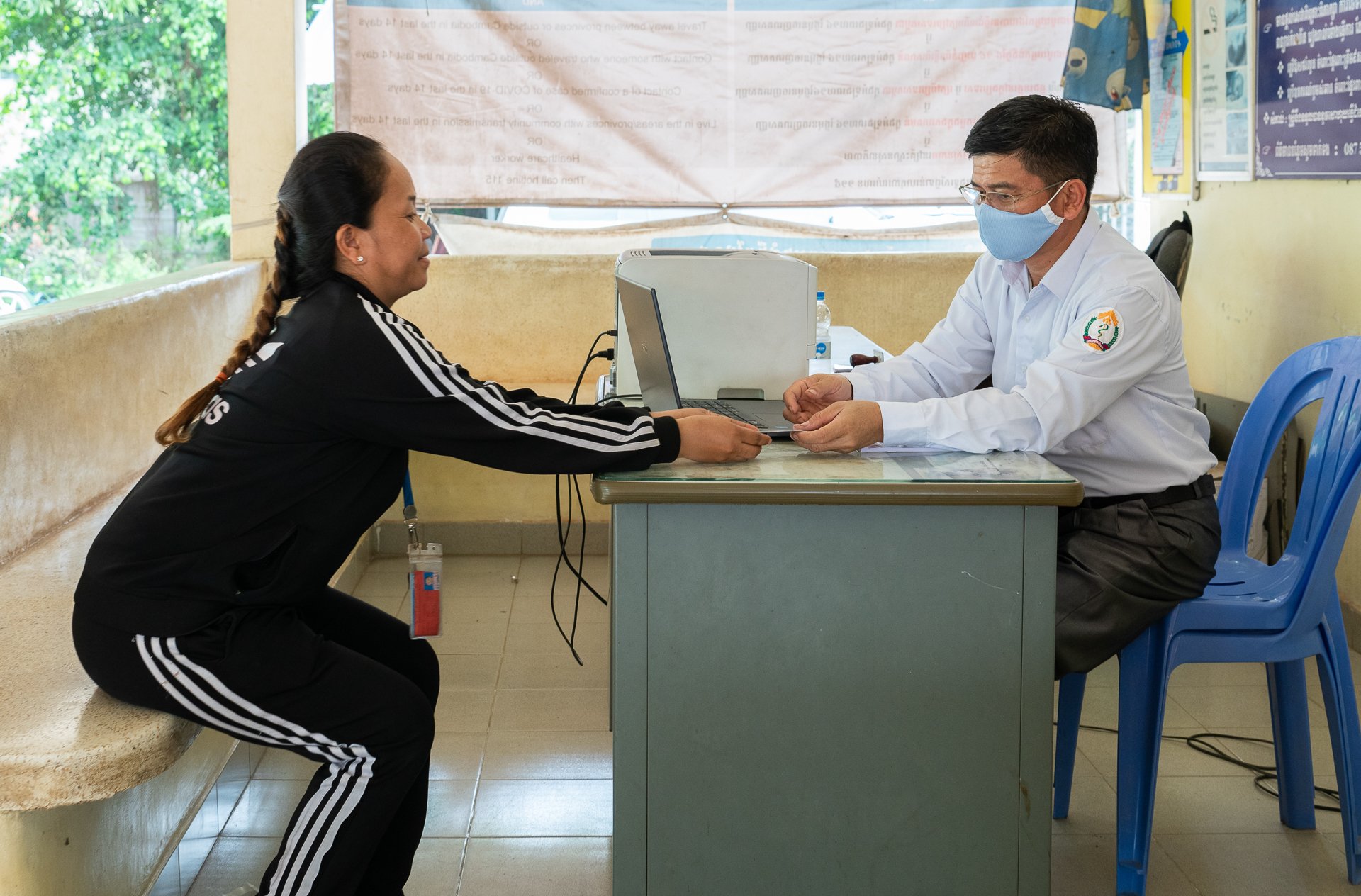
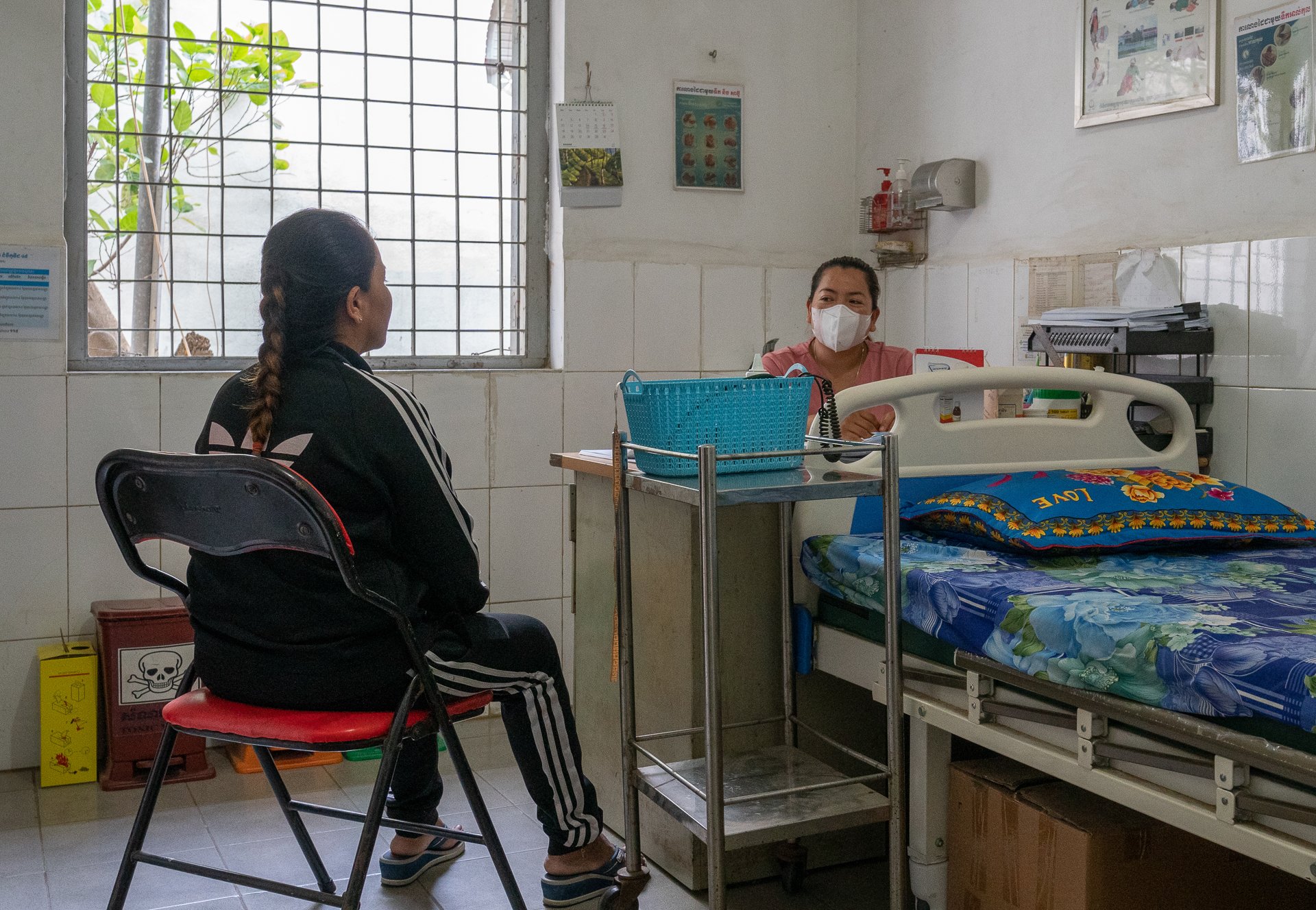




A selection of photographs I took while on assignment as an NGO photographer and videographer for the World Health Organisation’s Western Pacific office.
The aim of the Cambodian content was to produce a series of photos and a 3-minute case study to highlight the work that WHO are doing on primary healthcare in Cambodia, with a particular focus on how the project activities have benefitted people working in the garment sector.
We travelled to Sok Voeun’s house in an area just outside Phnom Penh where a lot of garment factory workers live. Although it was a sensitive subject, Sok Voeun was understanding and patient and did a great job of allowing us to photograph throughout the day. We filmed and photographed her at home, in her neighbourhood, at the local health centre and at the factory she works at.
Sok Voeun was very happy with the help that she’d received as part of the WHO programme and truly feels that the medical advice and support she received saved her life.
You can see a selection of the photos I took above and other examples of my work as an NGO photographer here and here.
